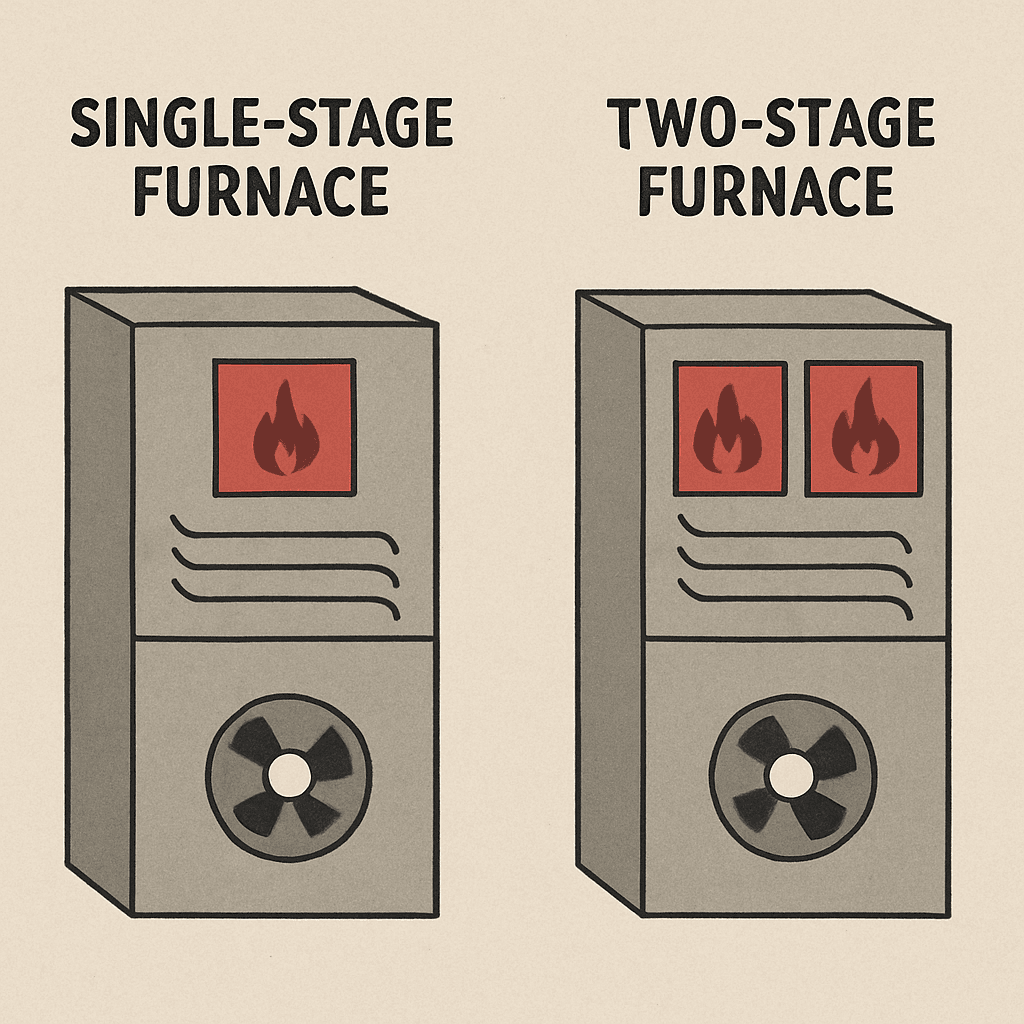
Efficiency Comparison of Single and Two Stage Furnaces for winter 2026
Choosing the right furnace for your home is crucial. It impacts comfort, energy bills, and environmental footprint. As winter 2026

Choosing the right furnace for your home is crucial. It impacts comfort, energy bills, and environmental footprint. As winter 2026
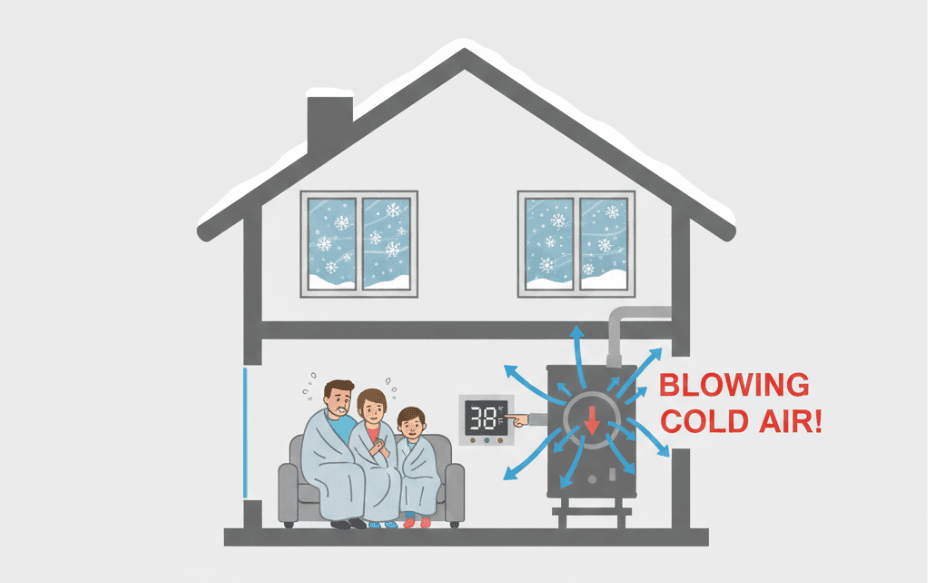
Winter in Los Angeles might not be as harsh as in other places, but a working heater is still essential.
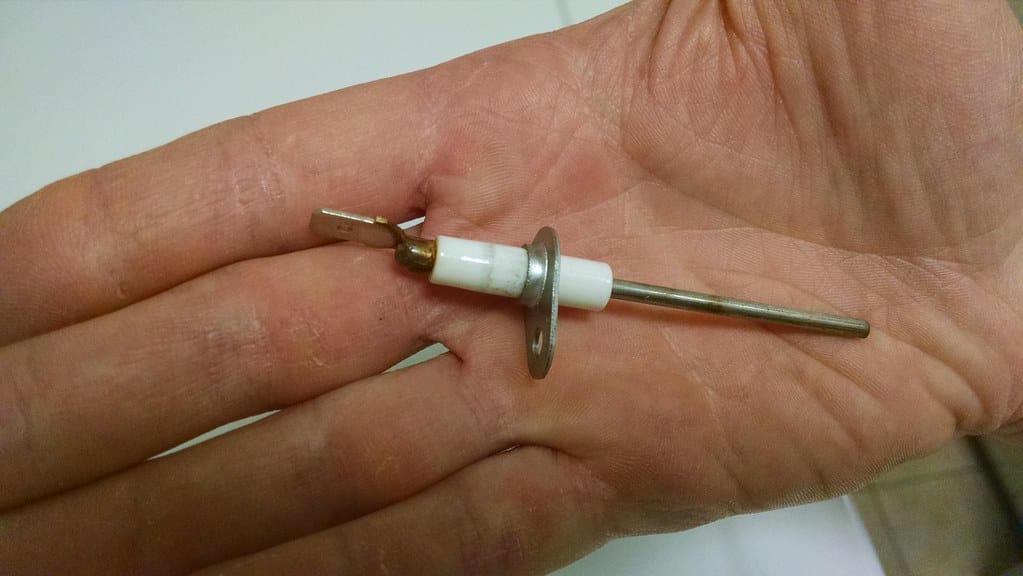
Is your heater blowing cold air when it should be warming your home? This can be frustrating, especially during chilly
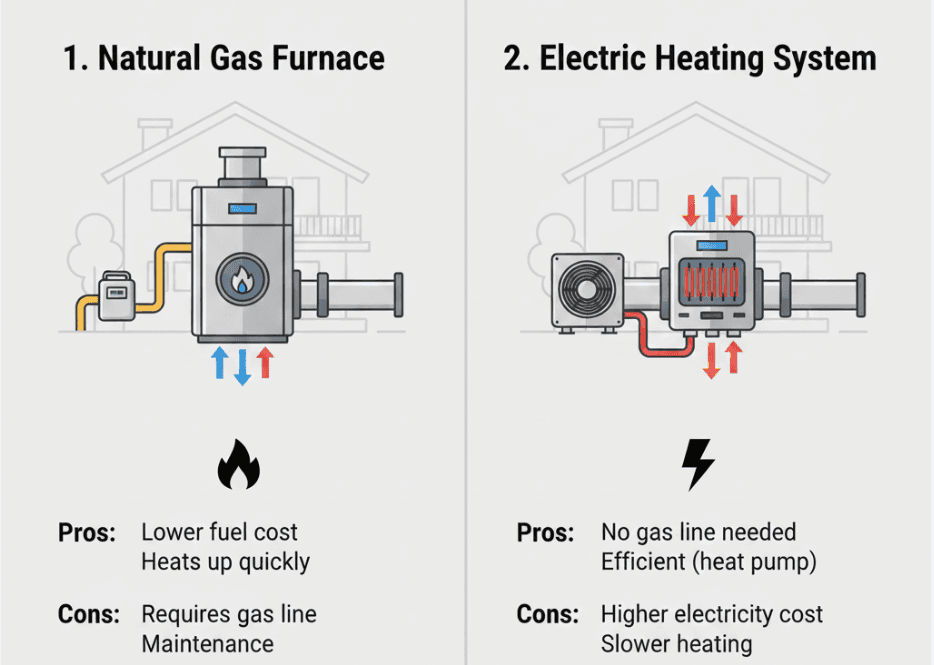
Choosing the right heating system for your home or business is crucial. It impacts comfort, energy bills, and environmental footprint.

Heating solutions vary widely in their mechanics, energy efficiency, and installation requirements. Whether you’re a stay-at-home mom juggling work and
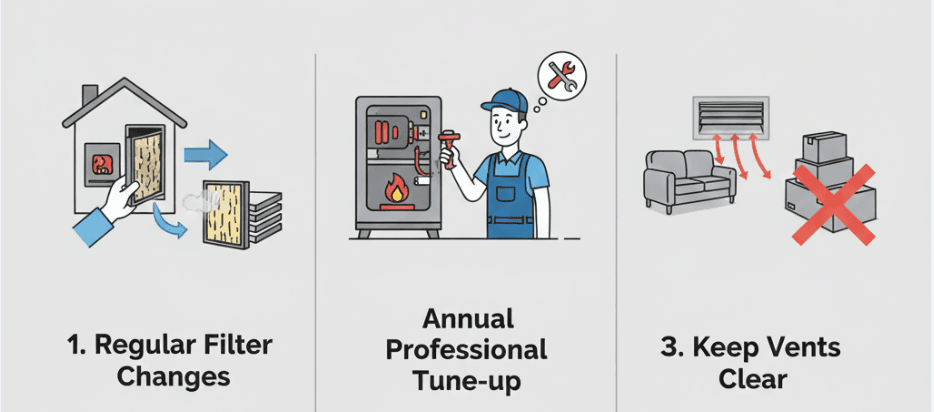
As a trusted provider of HVAC services in Hollywood, I understand that maintaining your furnace might not be at the
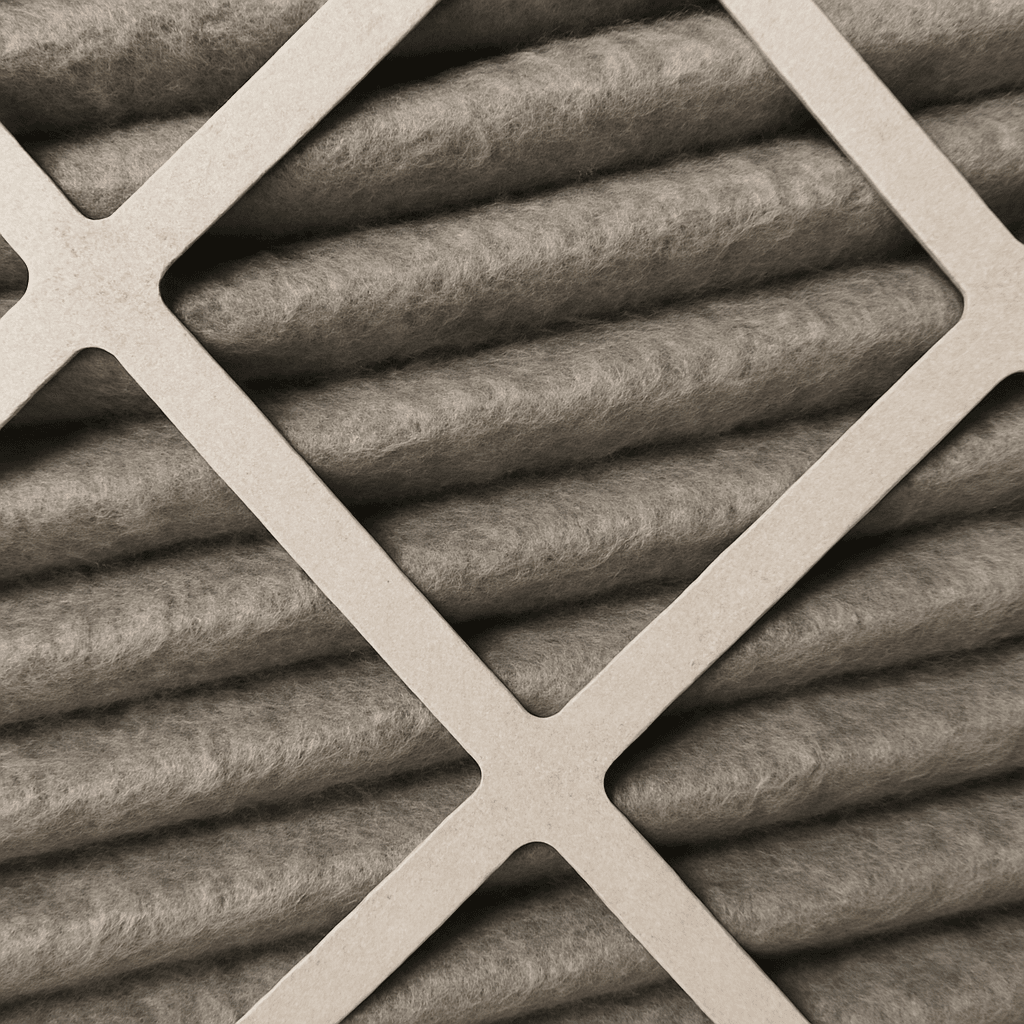
In the hustle and bustle of our daily lives, it’s easy to overlook the small things, like replacing your HVAC

As the chill of winter sets in, a reliable furnace becomes essential. But what if your Furnace Is Failing and

Weather forecasts play a crucial role in our daily lives, especially for those of us living in the bustling Los
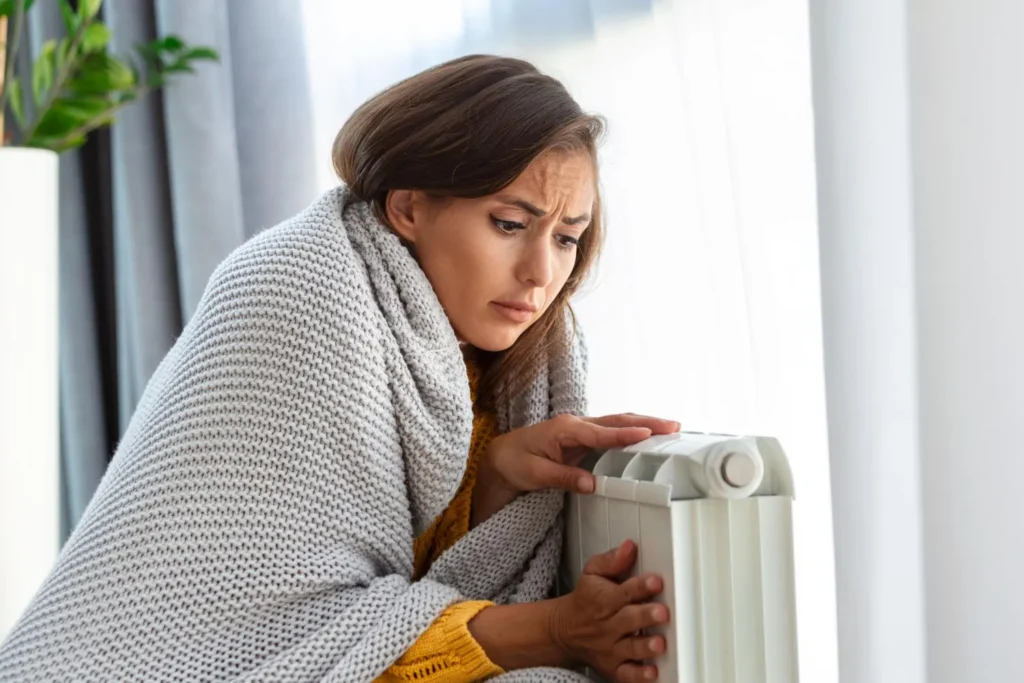
When your heater starts blowing cold air, it can be frustrating and uncomfortable. You might even find yourself wondering, Why

When the chill of winter sets in, a reliable furnace is essential. But what happens when your furnace won’t heat?

In today’s fast-paced world, comfort at home is more important than ever. A modern heating system can make a big
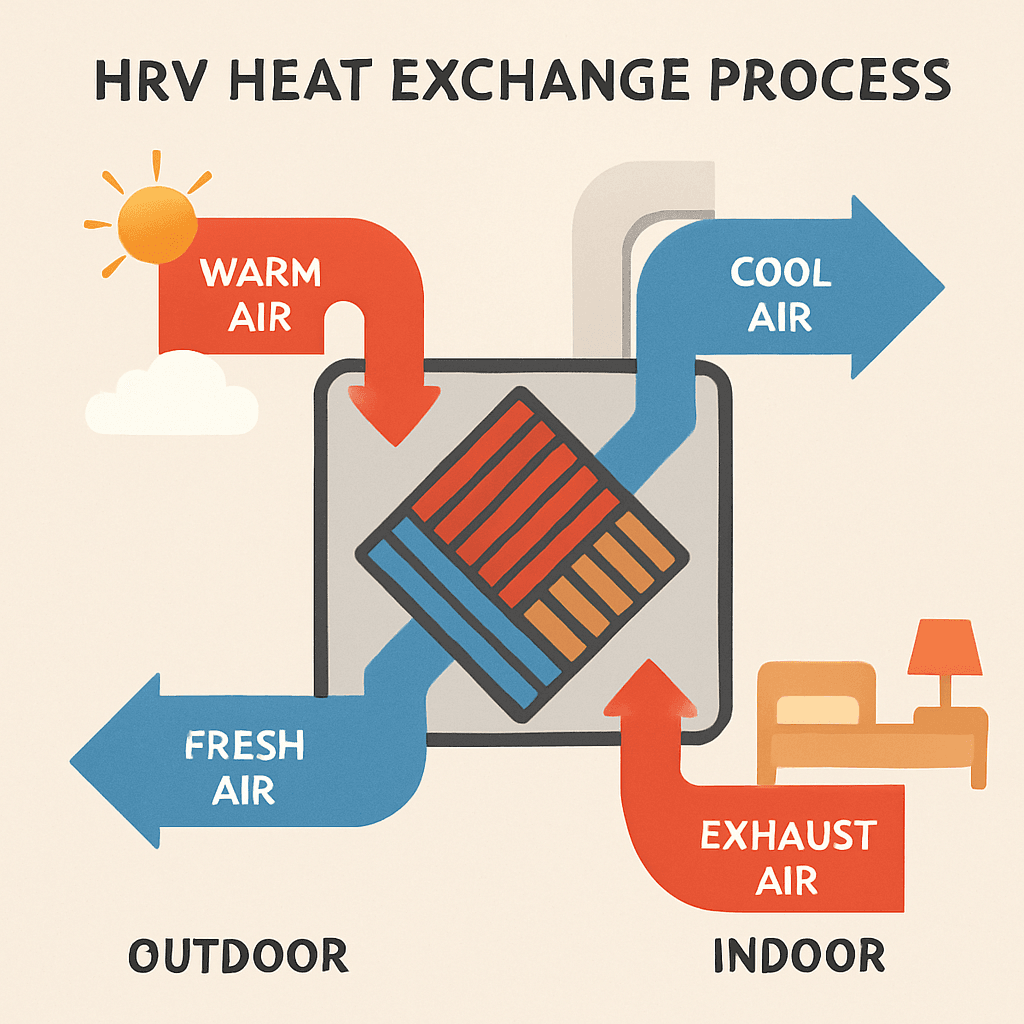
In today’s world, maintaining a healthy home environment is crucial. Indoor air quality plays a significant role in our well-being. Many homeowners are turning to Heat Recovery Ventilators (HRVs) for a solution. HRVs are designed to improve air quality by exchanging stale indoor air with fresh outdoor air. They do this while recovering heat from the outgoing air. This process not only enhances air quality but also reduces energy costs. For homes that are tightly sealed, HRVs are particularly beneficial. They ensure a consistent flow of fresh air, which is essential for comfort and health. By maintaining a steady indoor temperature, HRVs enhance overall comfort. Moreover, HRVs help reduce humidity levels. This prevents mold growth and improves air quality. They are different from Energy Recovery Ventilators (ERVs), which also manage humidity by transferring moisture. Understanding how HRVs work can empower homeowners. It allows them to make informed decisions about their ventilation needs. In this article, we’ll explore how HRVs optimize home ventilation systems and energy bills. What Is a Heat Recovery Ventilator (HRV)? A Heat Recovery Ventilator (HRV) is an essential component for modern home ventilation. This device continuously replaces stale indoor air with fresh outdoor air. The brilliance of an HRV lies in its ability to reclaim heat from outgoing air. Think of an HRV as a smart airflow manager. It uses a heat exchanger to transfer warmth from indoor air to incoming air. This results in less energy needed to heat or cool the home. Here are some key aspects of an HRV: An HRV is advantageous for tightly sealed homes. It compensates for the lack of natural ventilation and ensures a consistent indoor climate. This consistent exchange of air contributes to improved indoor air quality. Overall, an HRV is more than just a fan—it is an investment in your home’s air quality. By reducing the energy needed to maintain comfort, it also saves on utility bills, making it a valuable addition to any home. How Does Heat Recovery Work? Understanding how heat recovery works can empower homeowners. An HRV system is designed to maximize efficiency by transferring heat between outgoing and incoming air. This process helps maintain a comfortable indoor climate without over-relying on your HVAC system. An HRV operates by using a heat exchanger, a core component that allows heat transfer. As stale, warm indoor air is expelled, it passes close to incoming fresh air within the exchanger. Heat is transferred without mixing the two air streams. Here’s how the basic process works: The result is reduced energy usage for heating in the winter. Consequently, your HVAC system works less, leading to savings on your utility bills. HRVs are especially beneficial in colder climates where heat retention is crucial. By understanding this process, homeowners can appreciate the efficiency of HRVs. The system’s simplicity is what makes it an effective and sustainable option for modern homes. Overall, HRVs optimize energy usage, enhance air quality, and contribute to a comfortable home environment. HRV vs. ERV: What’s the Difference? Choosing between an HRV and an ERV can be challenging. Both systems improve air quality, but they manage heat and moisture differently. Understanding these differences is crucial for selecting the right system for your home. Heat Recovery Ventilators (HRVs) primarily focus on heat exchange. They transfer heat from outgoing air to incoming air, maintaining indoor temperatures. This process is ideal for homes in colder climates where retaining heat is essential.
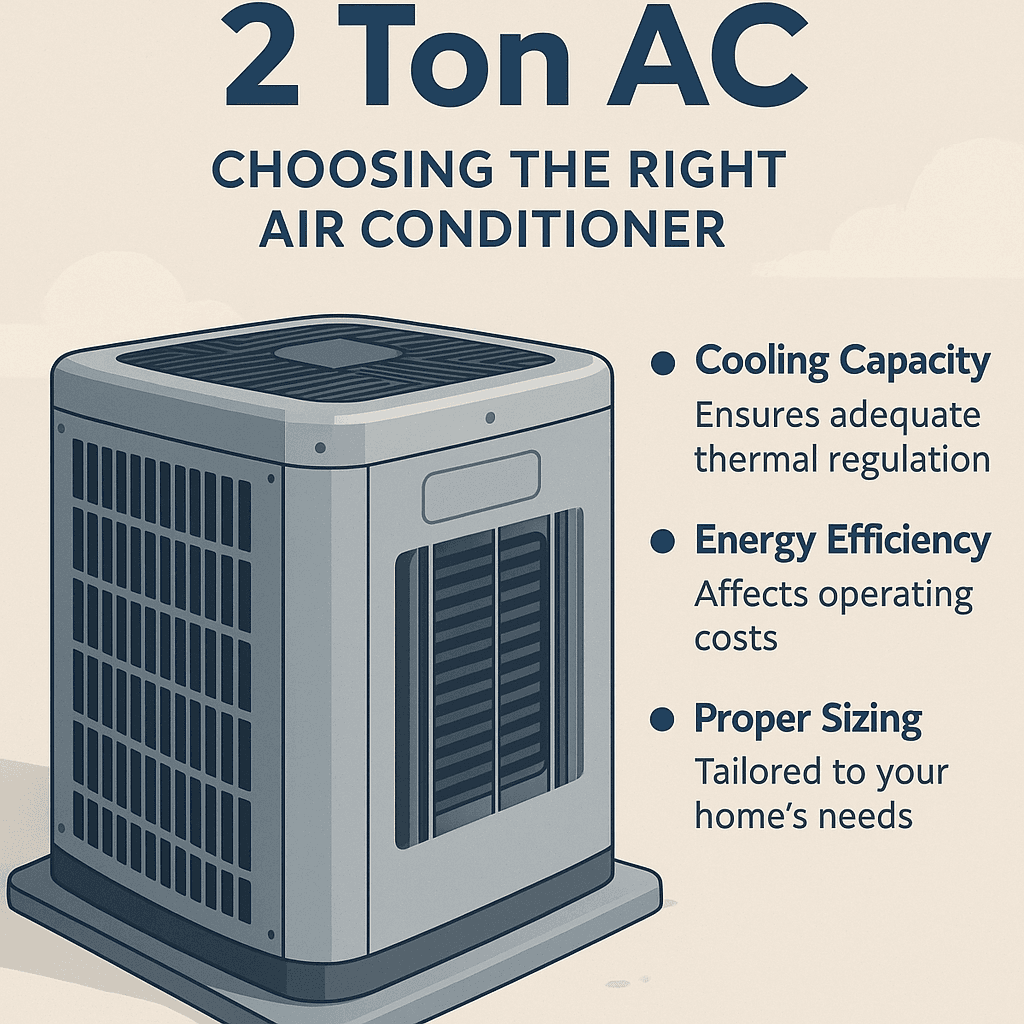
Choosing the right 2 Ton AC for your home is crucial to ensuring comfort, efficiency, and optimal cooling performance. With

As temperatures rise during the sweltering summer months, ensuring your home remains a cool and comfortable sanctuary becomes a top
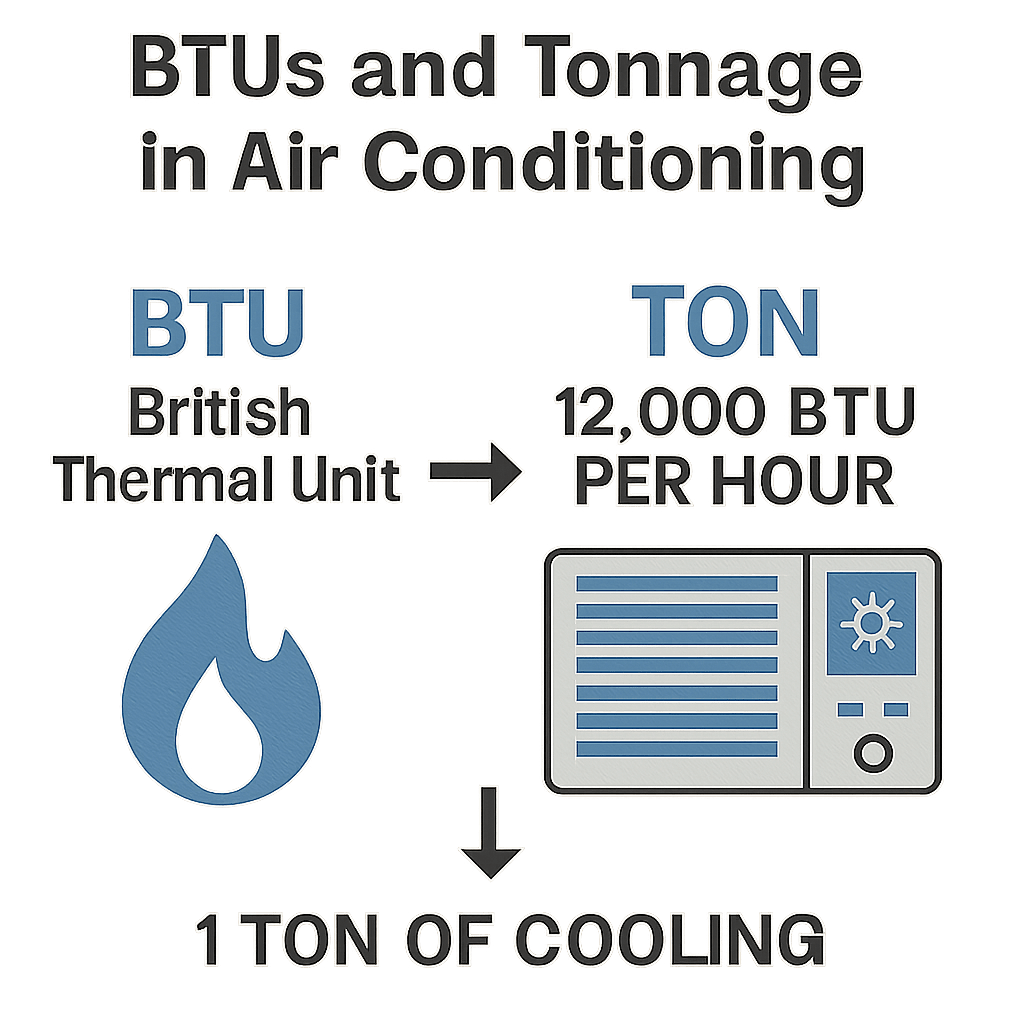
Choosing the right air conditioner for your home can be daunting. With so many options, it’s easy to feel overwhelmed.

Packaged HVAC systems are a smart choice for many homeowners. They combine heating and cooling into one compact unit. This

Choosing between Professional vs. DIY Mini Split Costs can be daunting. Each option has its own set of benefits and

Tackling a DIY mini split project can be both exciting and daunting. Many homeowners in California are drawn to the
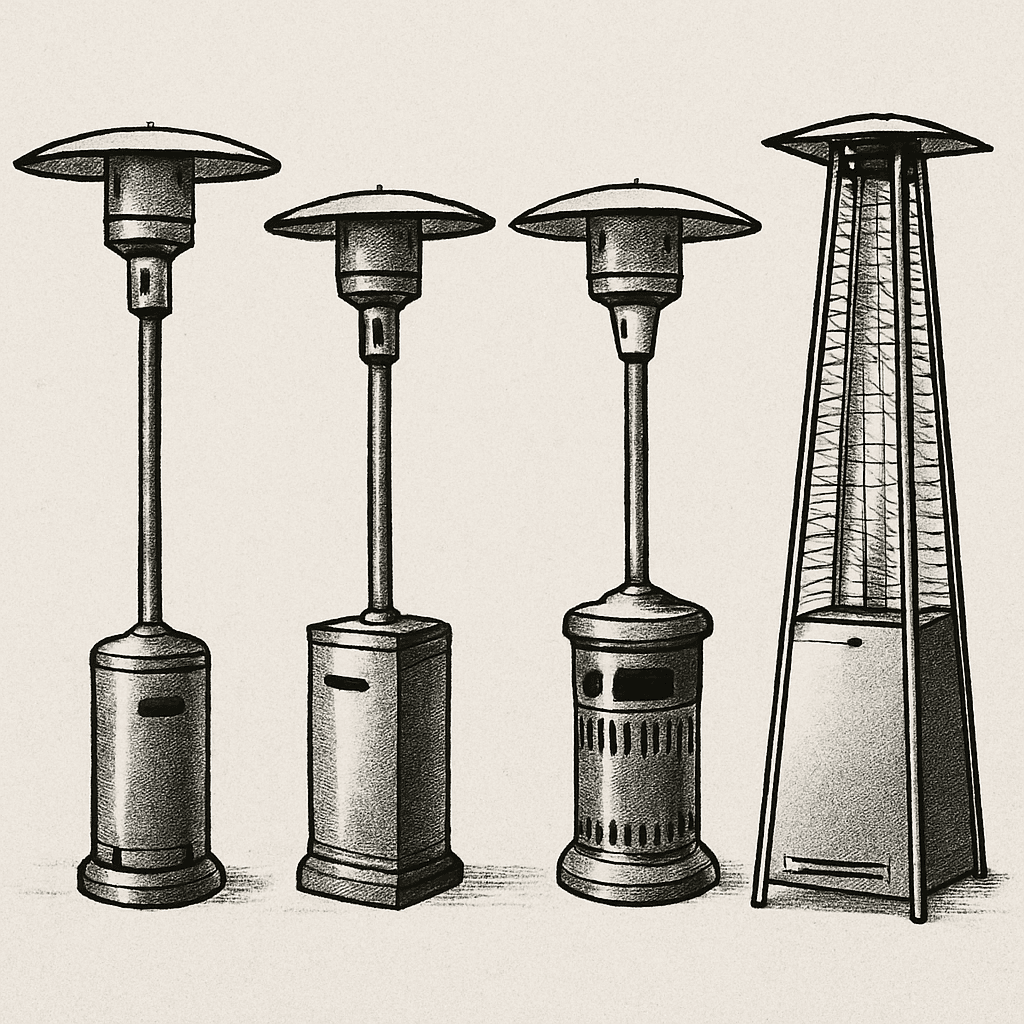
Natural gas patio heaters are a popular choice for outdoor comfort in Pasadena. They provide warmth and extend the usability
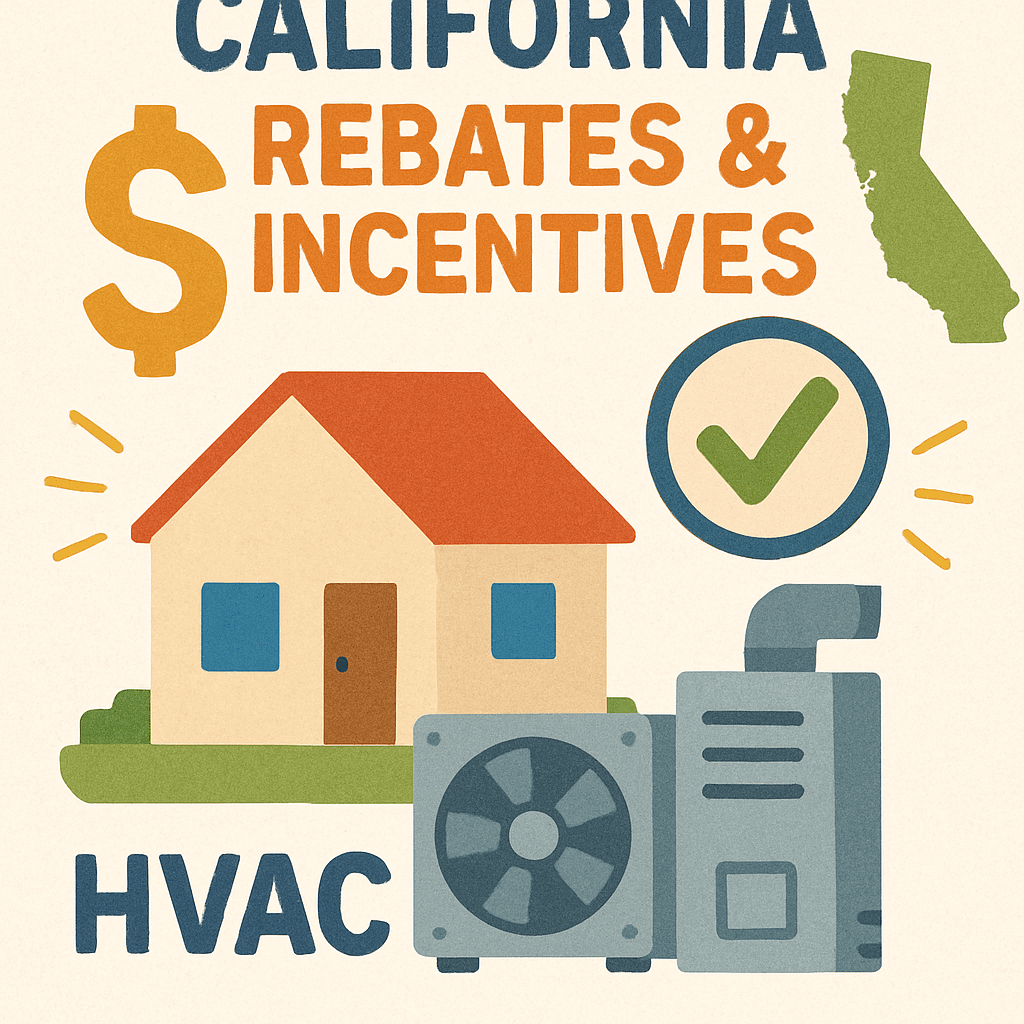
California homeowners often face a tough decision: HVAC Repair or replacement. This choice can impact comfort and finances. Understanding when
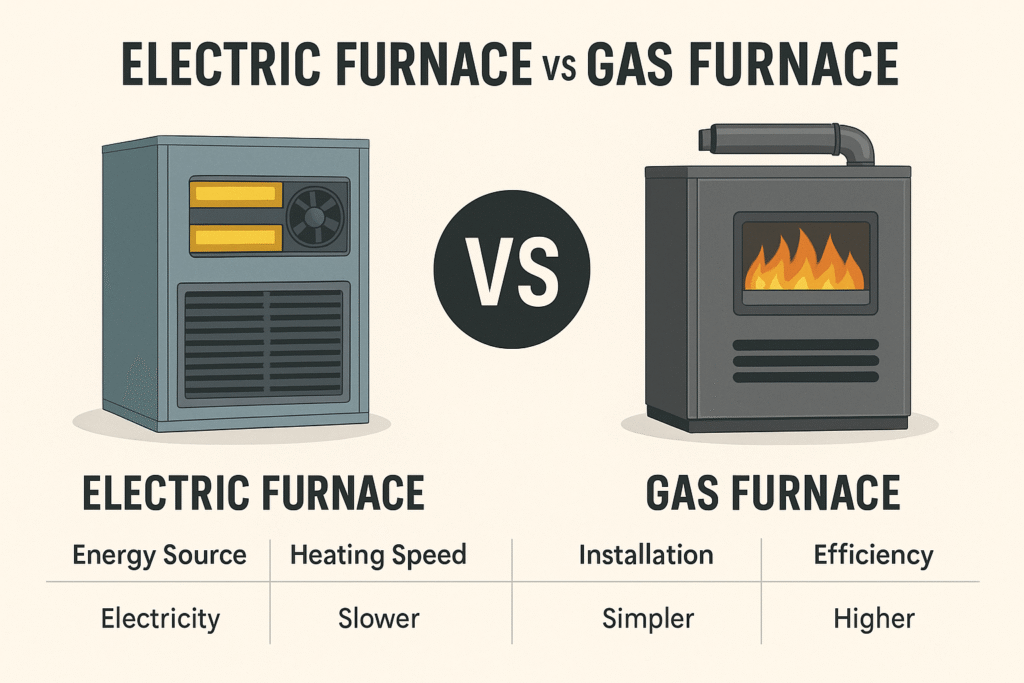
When it comes to choosing the right furnace for your home in Los Angeles, California, the decision often boils down

Return air vents are often overlooked but play a crucial role in HVAC efficiency. They help maintain balanced air pressure
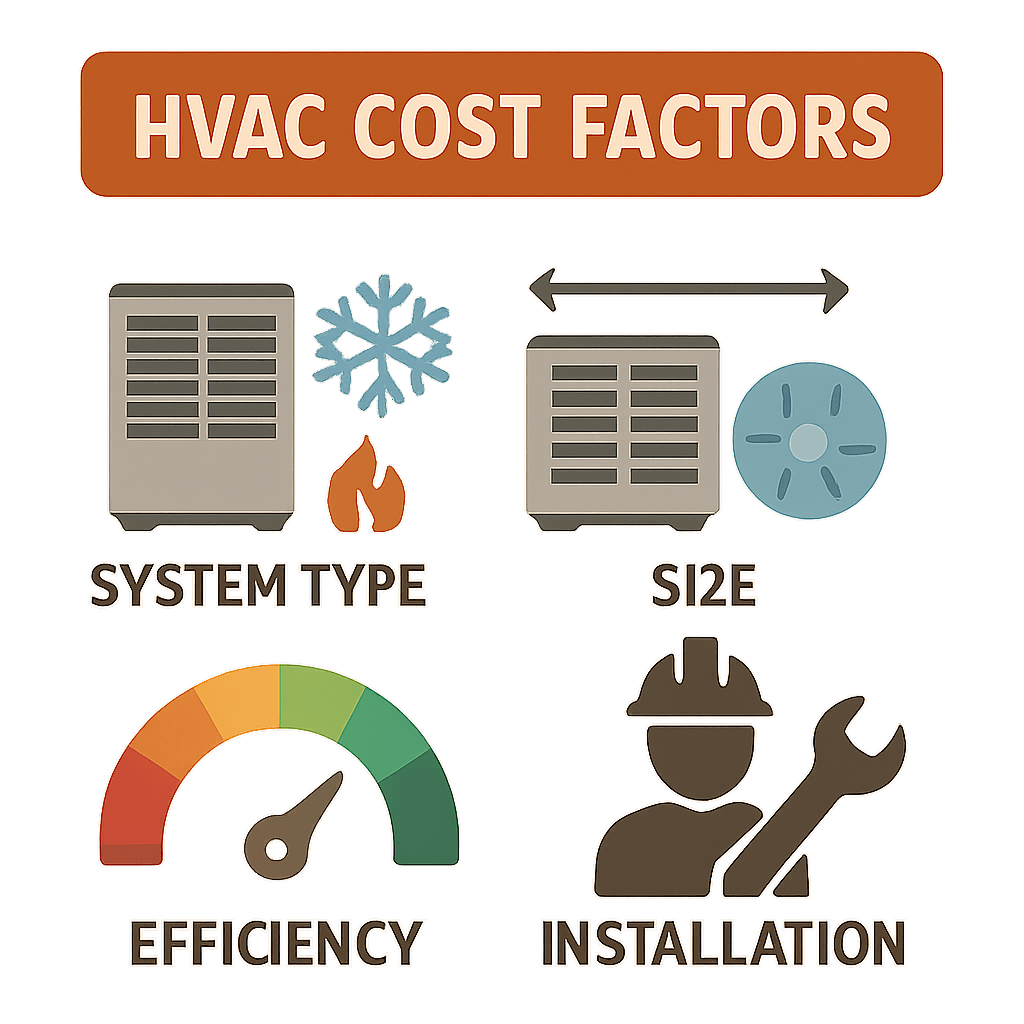
Hello neighbors! From our family here at LC Heating and Air on Fairfax Avenue, we know that a sudden HVAC
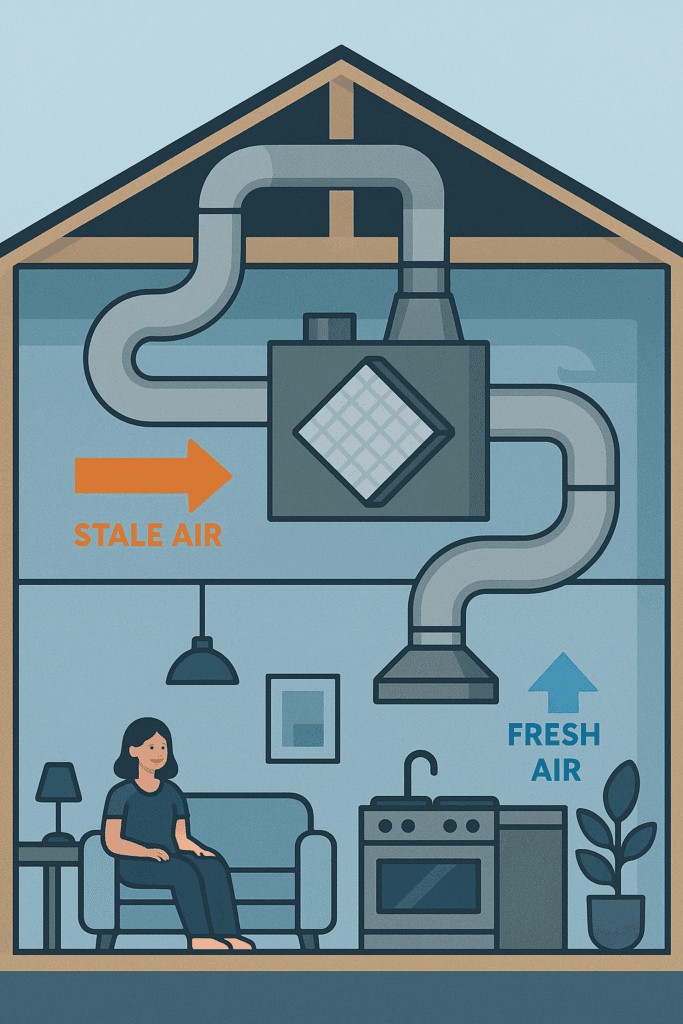
When it comes to maintaining a comfortable and healthy home environment, indoor air quality is a crucial factor that often

Whether you’re a busy stay-at-home mom, a small business owner, or a work-from-home professional, this guide will help you understand
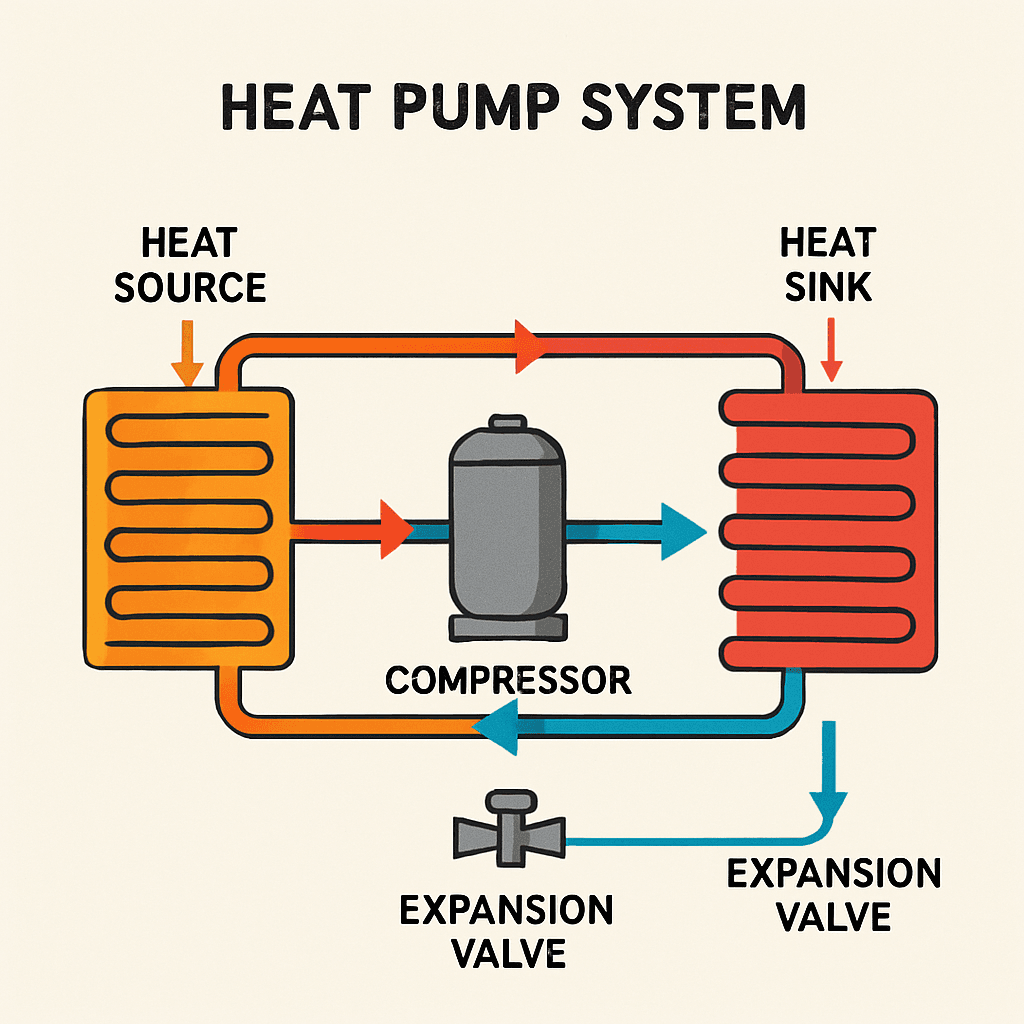
What Is a Heat Pump? Understanding How Heat Pumps Work is key to making the most of their energy-efficient design.
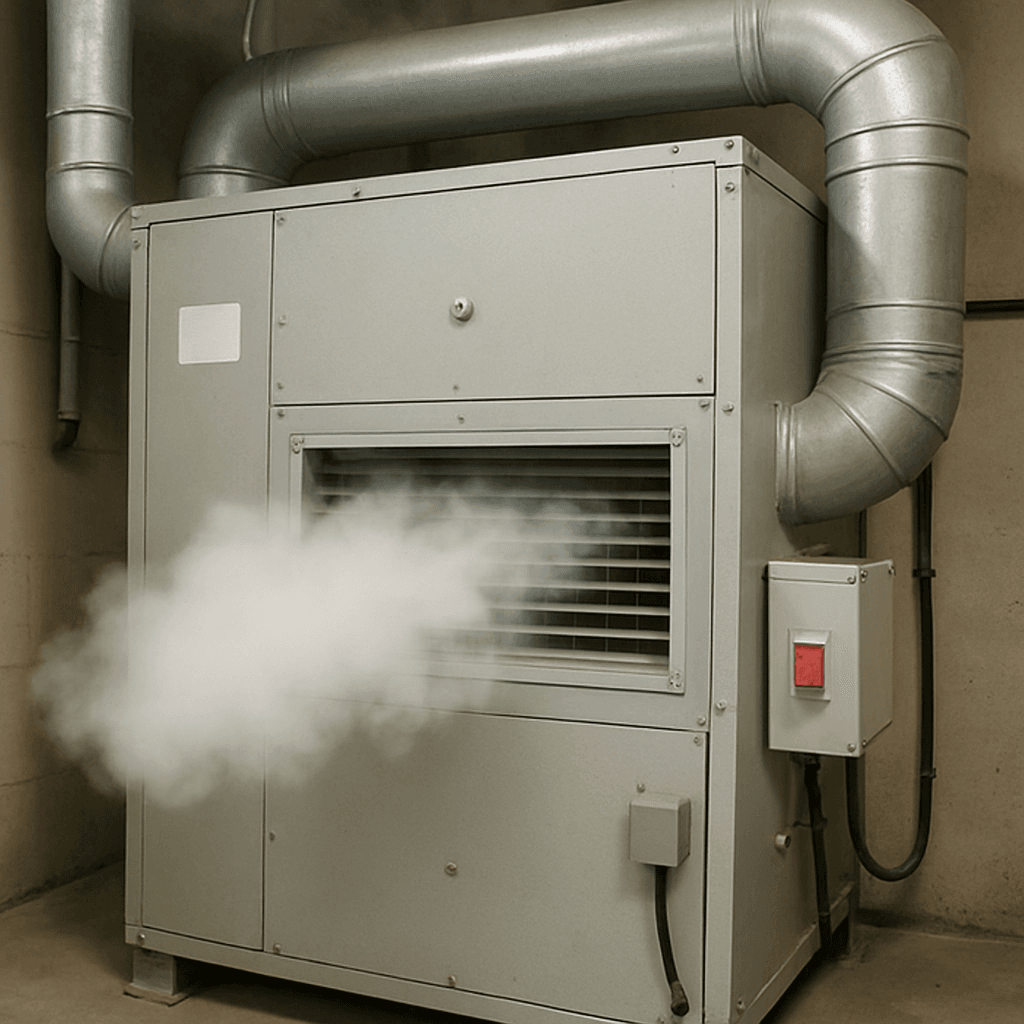
When it comes to maintaining a comfortable home environment, air handlers play a crucial role. They’re often the unsung heroes

Selecting the right heating and cooling solution for your home can be quite a challenge, especially when faced with the
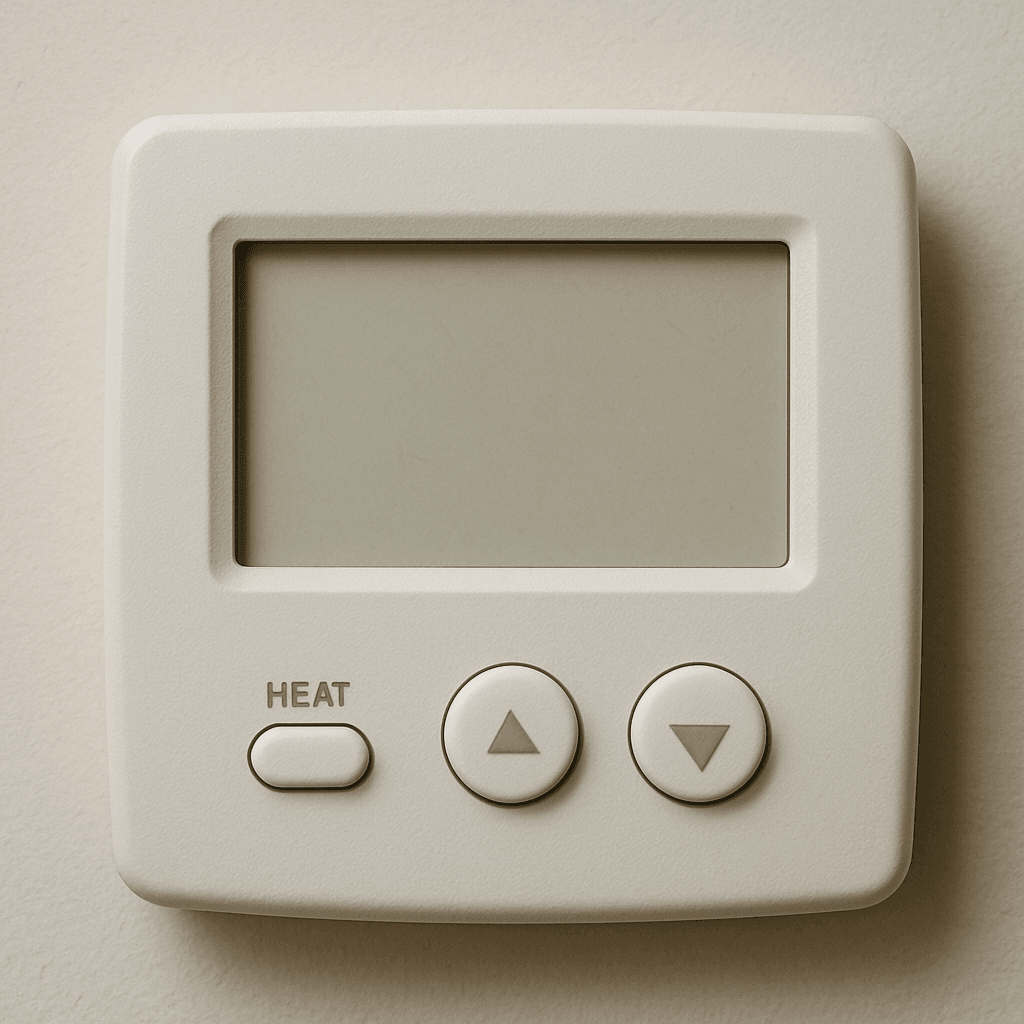
No Power to Thermostat Issues can be frustrating, especially when your thermostat loses power and disrupts your day. Whether you’re

Securing Appliance Rebates is crucial not only for immediate financial savings but also for long-term benefits such as reduced energy
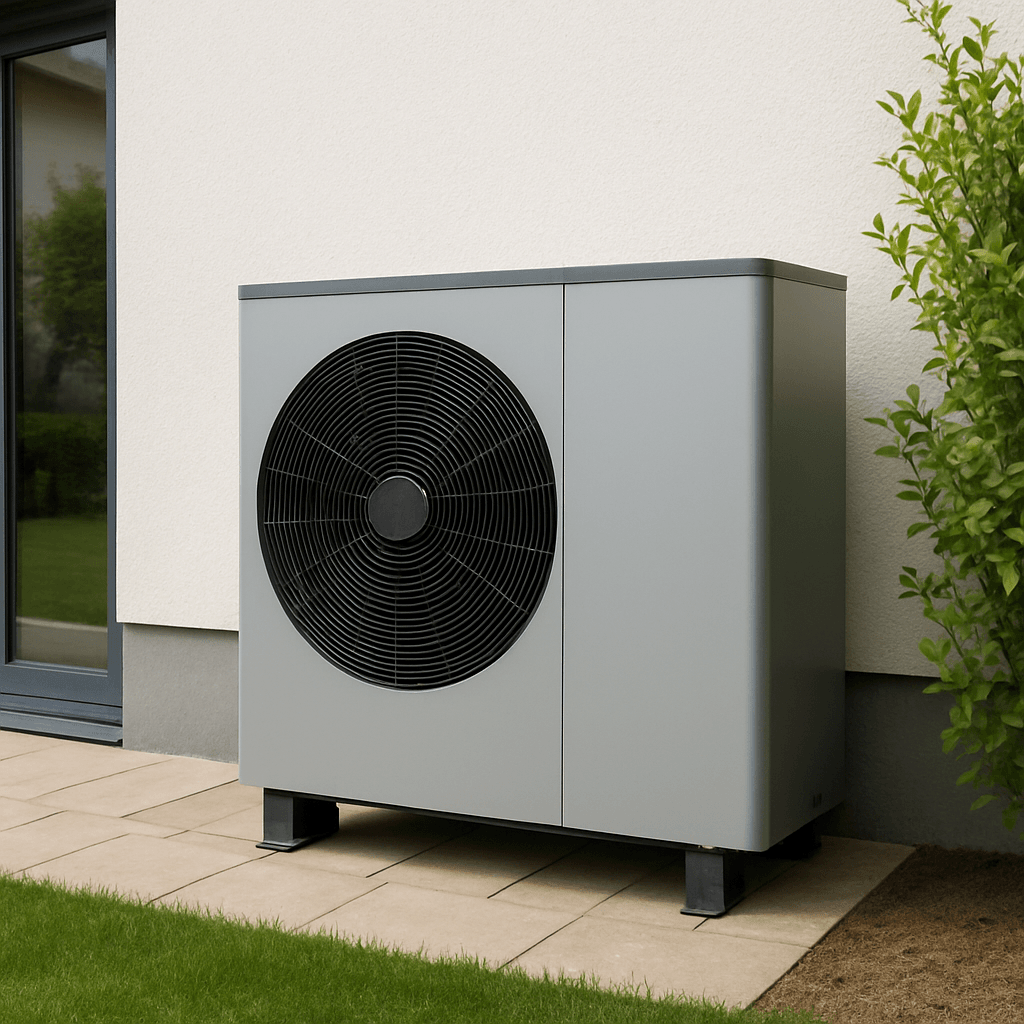
Heat Pumps Improve Home Efficiency by offering an energy-saving solution for both heating and cooling. In our fast-paced lives, the
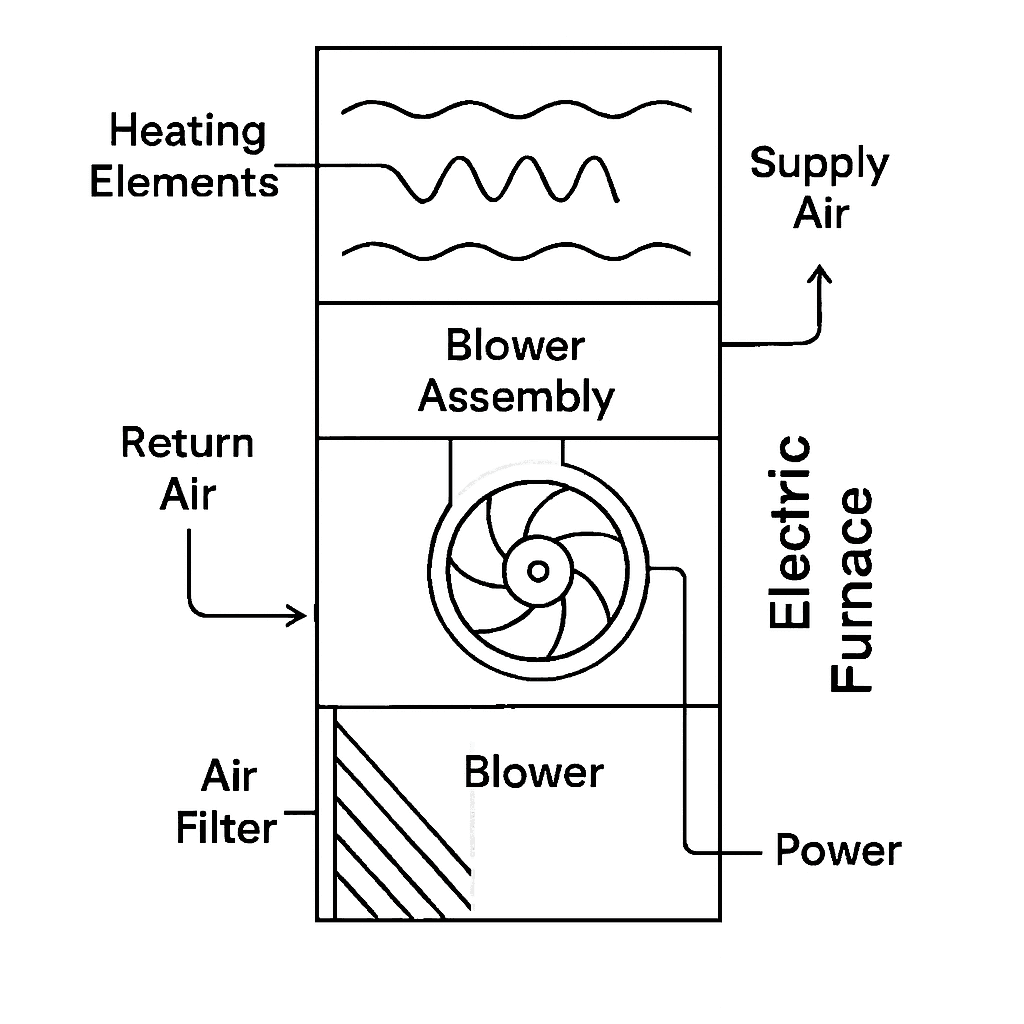
As the temperatures begin to dip in Los Angeles, ensuring your home remains warm and comfortable becomes a top priority.

Heehra is more than just a word; it’s a concept rich with cultural significance. It often symbolizes something precious or
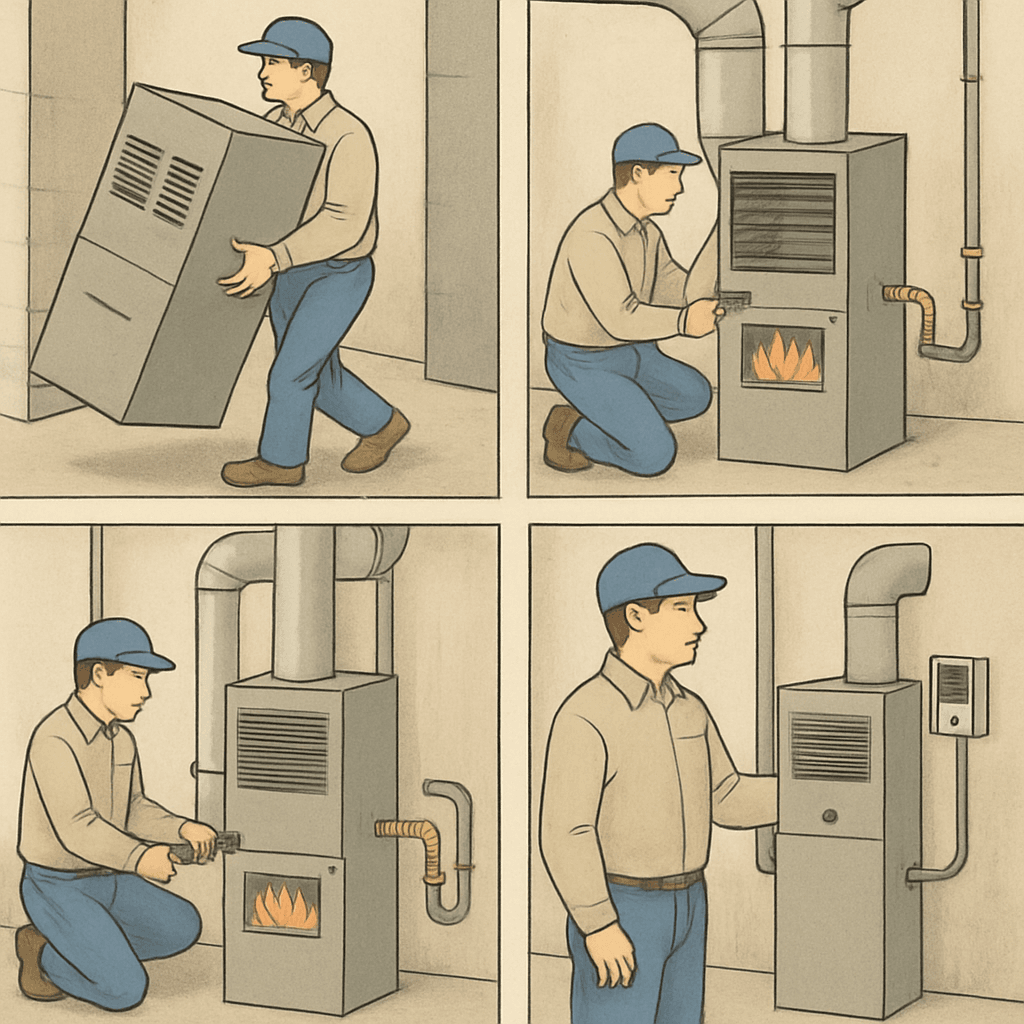
Before diving into the specific factors influencing the Furnace Replacement Price, it’s essential to understand what a furnace replacement entails.

Navigating the world of energy tax credit California can be daunting, but it doesn’t have to be. In California, these
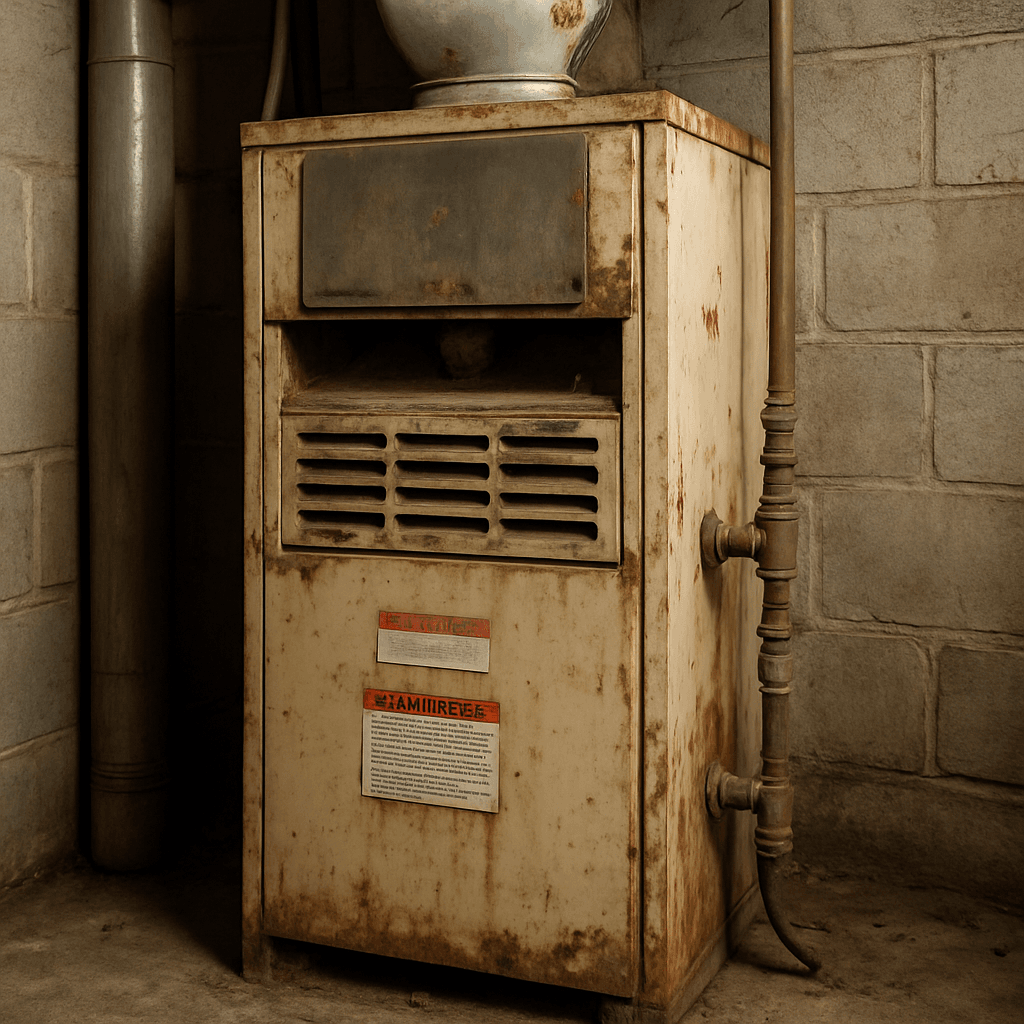
Typically, a well-maintained furnace can last between 15 to 20 years. However, as your furnace ages, it becomes less efficient

Freon is a name you might have heard, especially if you own an air conditioner or refrigerator. It’s a refrigerant
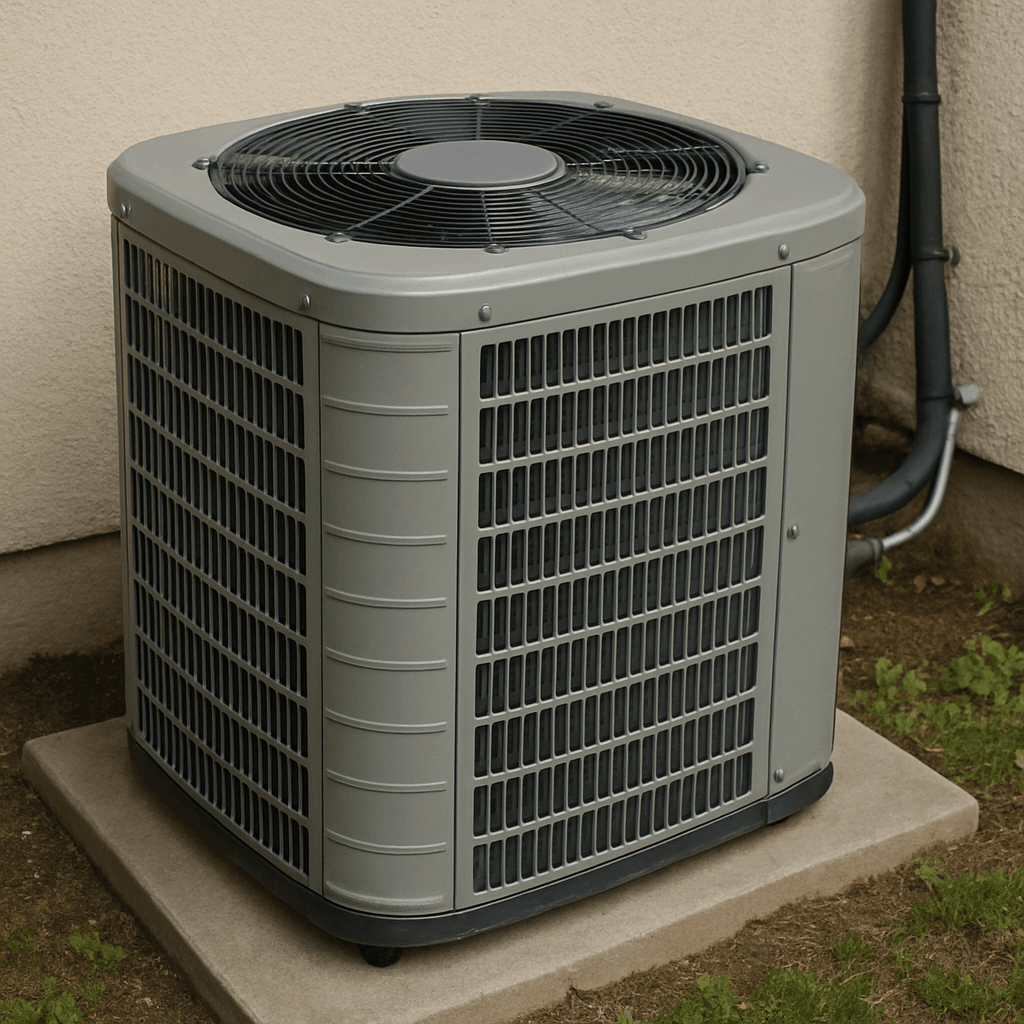
Before diving into the solutions, it’s essential to understand what causes AC leaks. AC leaks generally occur when the refrigerant

The world of HVAC is about to change. The 2025 HVAC regulations are on the horizon, bringing significant updates. These
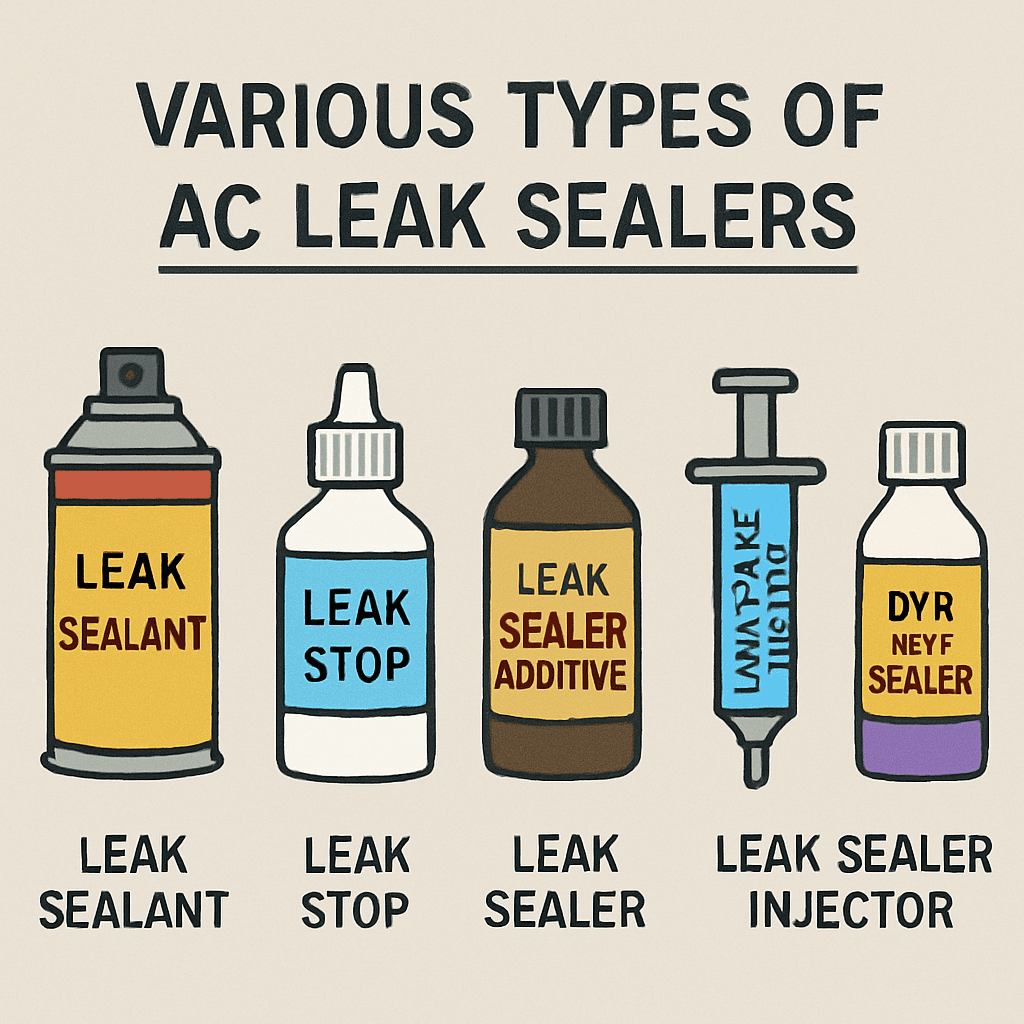
Air conditioning is a lifesaver during hot summer days. But what happens when your AC starts leaking? It can be
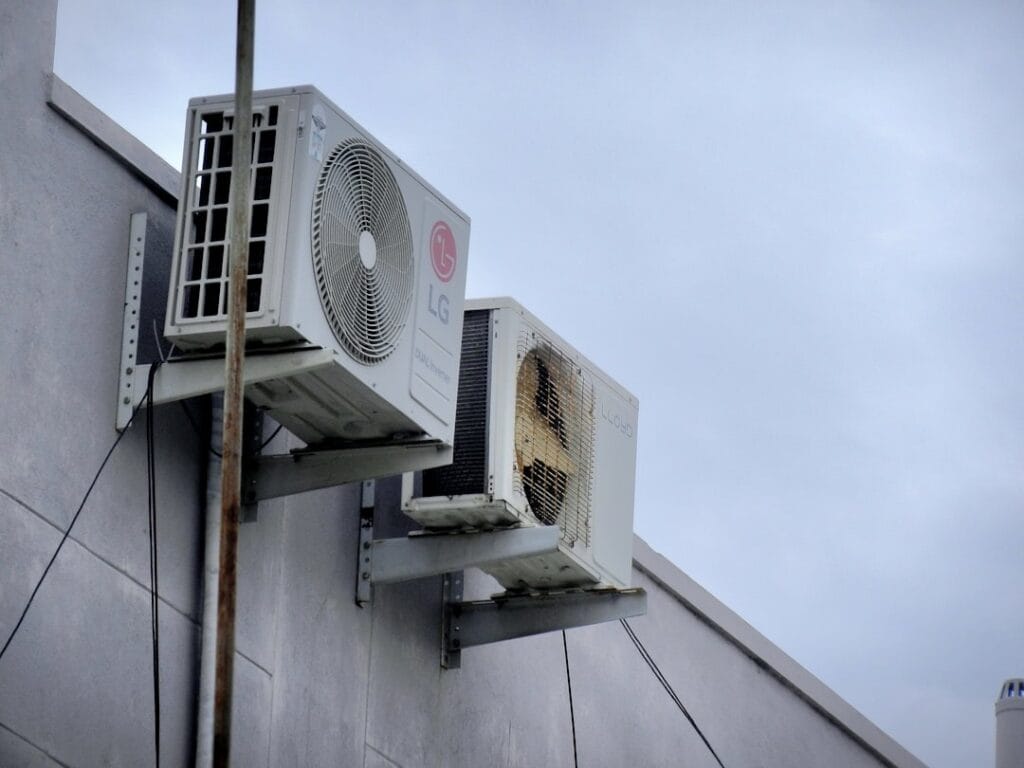
When your air conditioning unit starts to falter, deciding whether to repair or replace it becomes a priority. As a
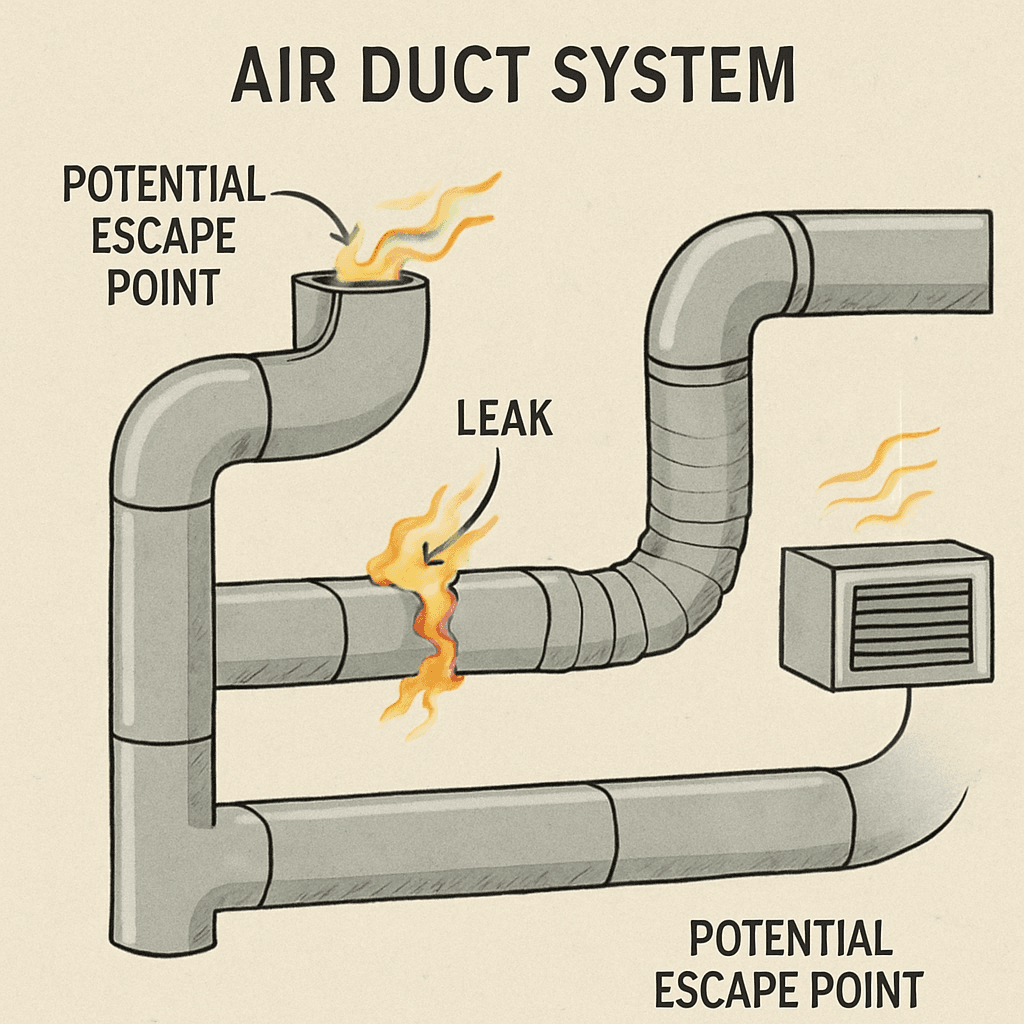
Leaky air ducts can be a hidden culprit behind rising energy bills and uneven home temperatures. They can cause your

The 2025 refrigerant mandate is part of a global effort to reduce the environmental impact of HVAC systems and promote

When it comes to modern air conditioning systems, understanding the differences between refrigerants is essential for making the right choice

In the world of HVAC, dealing with leaks in air conditioning systems can often feel like a daunting task. Leaks

The upcoming Hollywood CA Labor Day Week Weather Forecast brings classic late-summer heat followed by a refreshing cooldown heading into

Falling asleep quickly can feel like a distant dream for many. Yet, a good night’s sleep is crucial for our
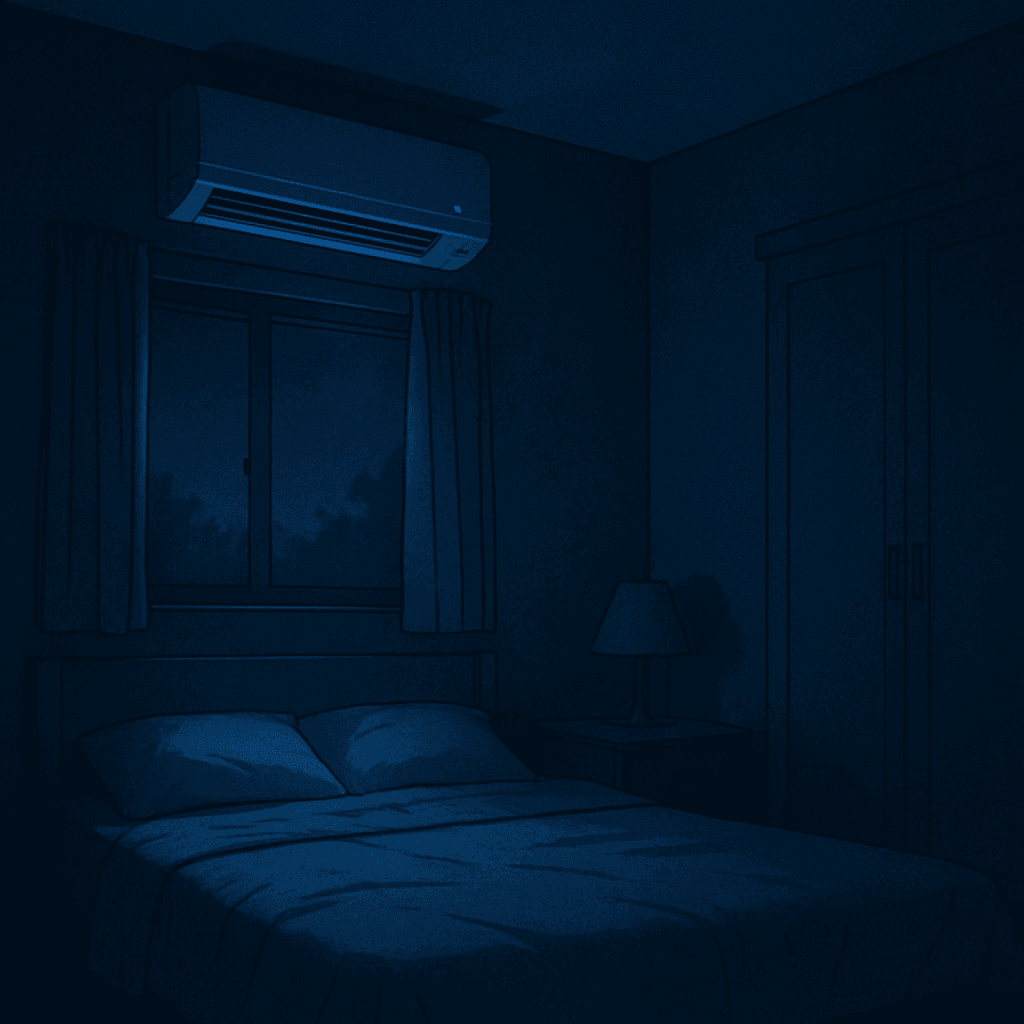
In the hustle and bustle of modern life, a good night’s sleep can sometimes feel like an elusive dream. Whether
As we step into September, the summer heat in Los Angeles begins to mellow, yet the city remains pleasantly warm.

Los Angeles is known for its vibrant culture and sunny skies. Yet, it also faces significant air pollution challenges. The

Breathing clean air is essential for a healthy life. In Los Angeles, where air quality can be a concern, air

Looking for the latest Hollywood CA weather forecast? You’re in luck—this week brings a beautiful stretch of sunshine, mild evenings,
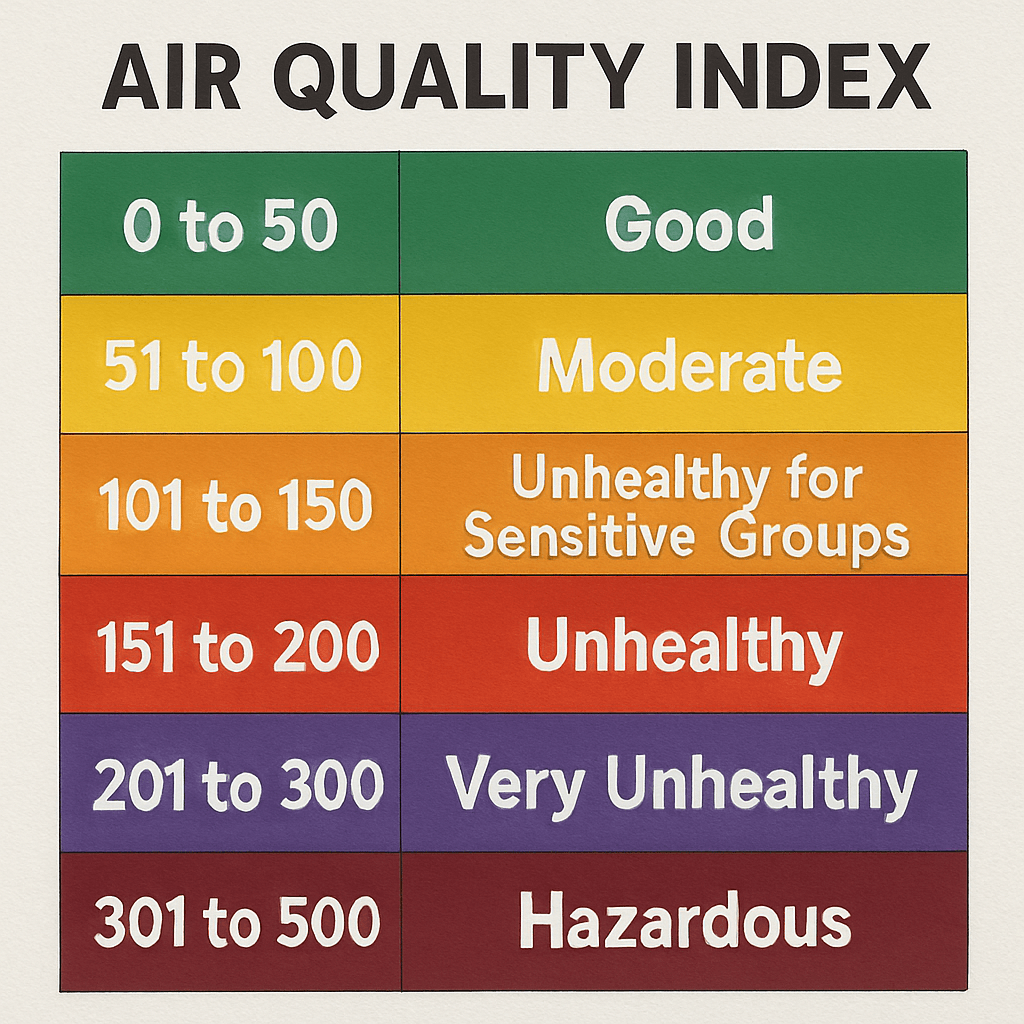
Los Angeles is known for its vibrant culture and sunny weather. But there’s another side to this bustling city. The

Maintaining your HVAC system is crucial for a healthy living environment and optimal system performance. One key aspect of this

Air filters play a crucial role in maintaining the quality of air inside your home or office. As an HVAC

Showdown: HEPA or Activated Carbon? In today’s world, clean air is more important than ever. With pollution levels rising, many

When it comes to keeping your home or apartment comfortable year-round, few devices offer the convenience and efficiency of Honeywell

Honeywell Bluetooth thermostats are part of Honeywell’s smart home lineup, designed to provide convenience, efficiency, and control over your home’s

Before diving into the specifics, especially if you’re Upgrading Your Thermostat, it’s crucial to understand the basics of thermostat wiring.

Are you looking to install or upgrade your thermostat but worried about making a mistake? Thermostat wiring can be tricky,

Thermostats control your heating and cooling systems by sending electrical signals to the HVAC system based on the temperature you

In today’s fast-paced world, a reliable thermostat system is key to maintaining comfort in your home or business, especially in

Are you looking to upgrade your home with a smart thermostat that not only enhances comfort but also helps you

Welcome to the vibrant world of Air Purifying Plants Indoors! As a seasoned HVAC professional, I understand the importance of

Breathing clean air is essential, especially in bustling areas like Hollywood. With pollution levels rising, air purifiers have become a

Imagine a world where your home not only feels comfortable but also has air as fresh as the outdoors. As

Choosing the right air purifier for your home in Los Angeles can be a game-changer. With the city’s bustling streets
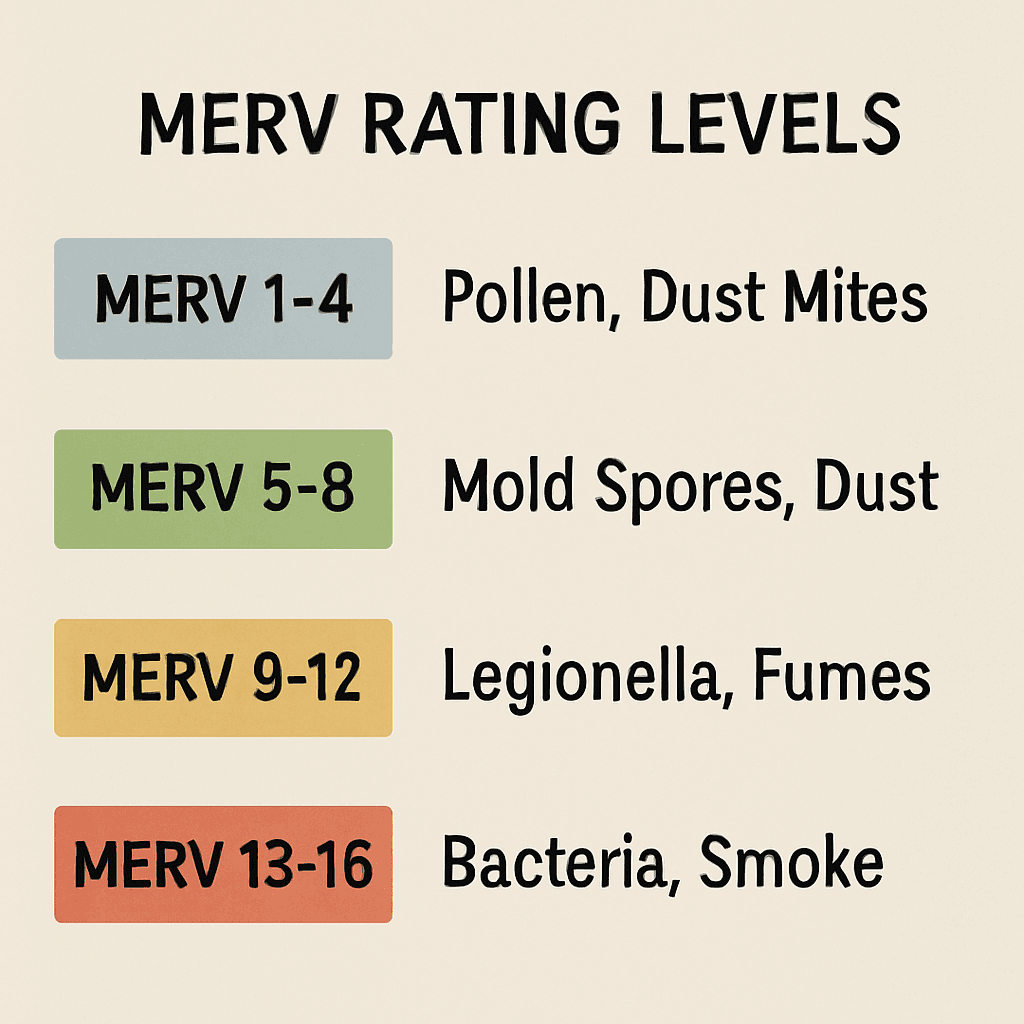
Understanding MERV ratings is key to maintaining good air quality in your Los Angeles home. These ratings help you choose

In the bustling life of Los Angeles, where the temperature often soars, having air purifying plants at home can offer
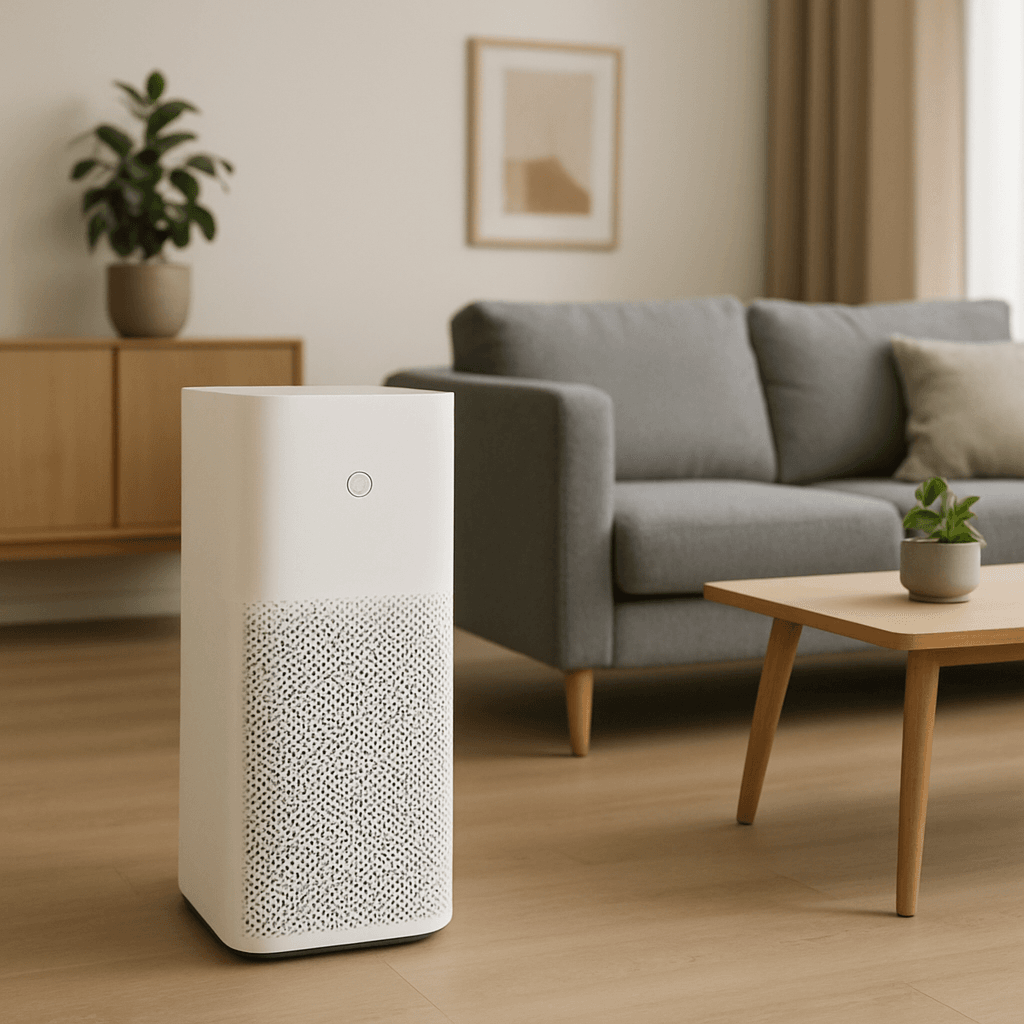
Breathing clean air is essential for a healthy life. In Hollywood, where the hustle never stops, indoor air quality often
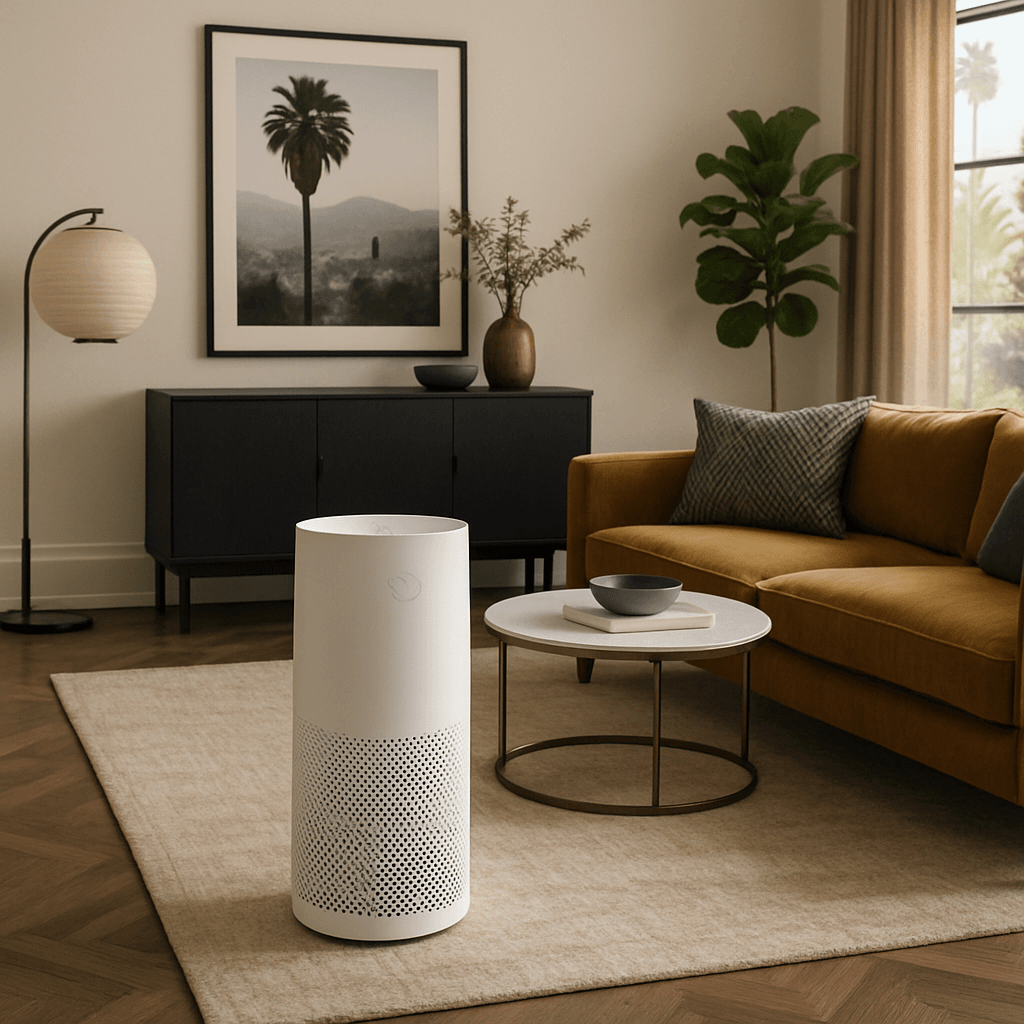
Breathing clean air is essential for a healthy life. In Hollywood, where the hustle and bustle never stop, air quality

Breathing clean air is essential for a healthy home. In Hollywood, where the hustle and bustle never stops, indoor air

Air purifiers have become a popular addition to many homes, especially in bustling areas like Hollywood. With increasing concerns about

The Nature of Mold Mold is a type of fungus that thrives in moist environments, making coastal homes particularly vulnerable.

Indoor air quality is crucial for a healthy home or workspace. It affects comfort, health, and productivity. Choosing the right

Air plants, scientifically known as Tillandsia, are unique in that they don’t require soil to grow. This remarkable feature makes

When the summer heat hits Los Angeles, a working AC is a must. But what if your AC starts acting

When your air conditioner suddenly stops working, it can feel like a crisis. Especially during a heatwave in Los Angeles.

Air conditioning is a lifesaver in the Los Angeles heat. But what happens when it fails unexpectedly? AC emergencies can

When your AC suddenly stops working, it can feel like a crisis. Especially during a heatwave in Los Angeles. AC

In the hustle and bustle of daily life, the comfort of your home or office relies heavily on a well-functioning

Before diving into the specifics, it’s crucial to grasp the basics of your HVAC system. HVAC stands for Heating, Ventilation,

Finding a trustworthy AC repair service in Los Angeles is essential to ensure your home stays comfortable during the hot

Los Angeles offers a unique set of challenges when it comes to air conditioning. The combination of high temperatures and

Understanding the Importance of Regular Maintenance Regular maintenance is the cornerstone of a reliable air conditioning system. Just like your

As a seasoned HVAC professional serving the Los Angeles metropolitan area, I understand the importance of reliable and efficient service.

Understanding when an HVAC issue requires Emergency HVAC Help is key to maintaining your home’s comfort and safety. Not all

Emergency HVAC services are crucial for restoring comfort to your home or office when your heating, ventilation, and air conditioning

Los Angeles is known for its sunny weather, but when the heat rises, a reliable AC system is essential. Keeping
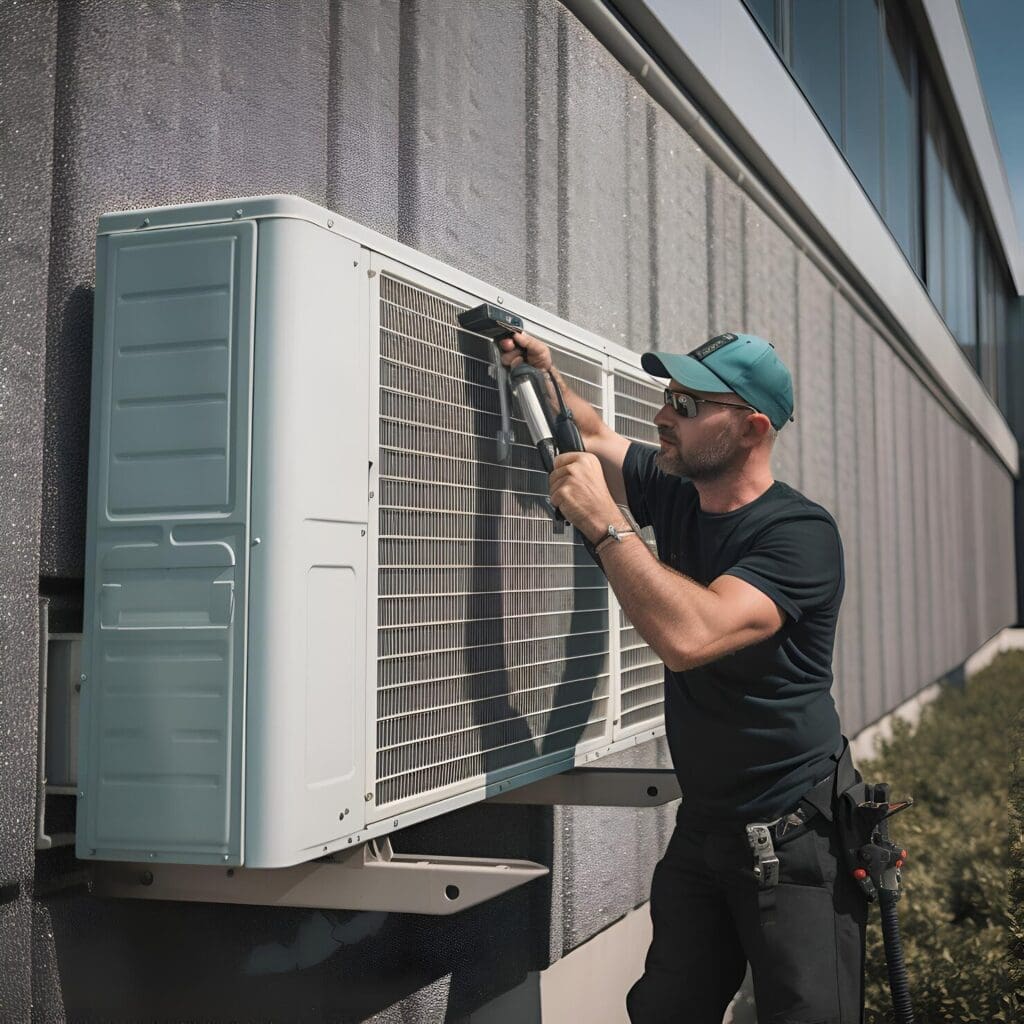
Hollywood is famous for its glitz, glamour, and bustling lifestyle—but did you know it’s also a hotspot for air conditioner
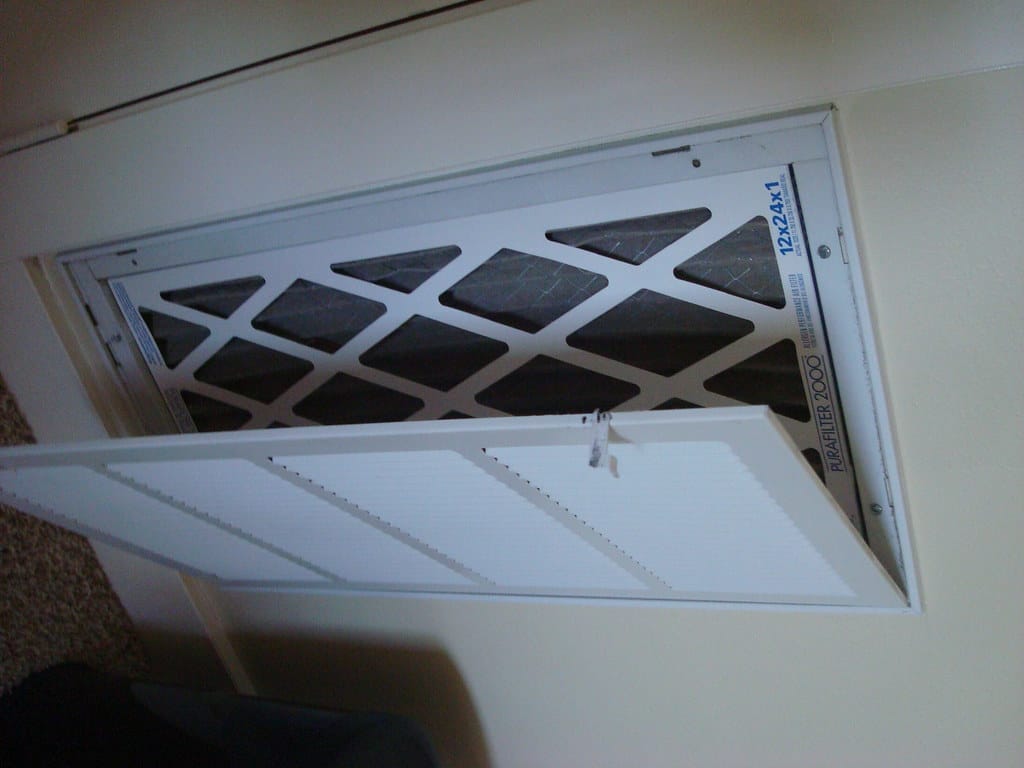
When your cooling system fails, it can feel like the sky is falling—especially during a sweltering day in Los Angeles.
Understanding the root cause of a non-starting AC unit is the first step towards resolving the issue. Several common problems
When the temperature climbs and your air conditioning system refuses to cooperate, it can be more than just an inconvenience—it
by Bùi Hoàng Long (https://unsplash.com/@dxaxoxfz) Air conditioning units are intricate systems that require regular maintenance and care to function optimally.
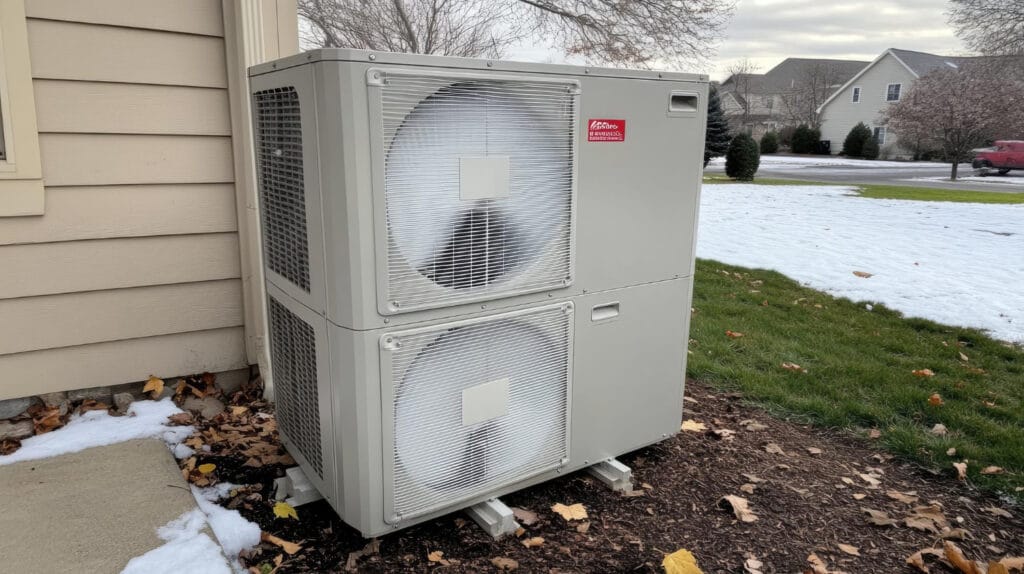
An issue like a Freezing Air Conditioner might seem counterintuitive, especially during summer, when temperatures are at their peak. Yet,
In the sweltering heat of Los Angeles, the last thing you need is a malfunctioning air conditioning unit. A common
Before we explore preventative measures, it’s crucial to comprehend why AC freezing up occurs. Various factors can lead to this
When your air conditioner starts acting up, it’s more than just an inconvenience—it can put a serious damper on your
In the hustle and bustle of everyday life, the last thing you need is your air conditioning system letting you
We use cookies to improve your experience on our site. By using our site, you consent to cookies.
Manage your cookie preferences below:
Essential cookies enable basic functions and are necessary for the proper function of the website.
Google reCAPTCHA helps protect websites from spam and abuse by verifying user interactions through challenges.
Google Tag Manager simplifies the management of marketing tags on your website without code changes.
Statistics cookies collect information anonymously. This information helps us understand how visitors use our website.
Google Analytics is a powerful tool that tracks and analyzes website traffic for informed marketing decisions.
Service URL: policies.google.com (opens in a new window)